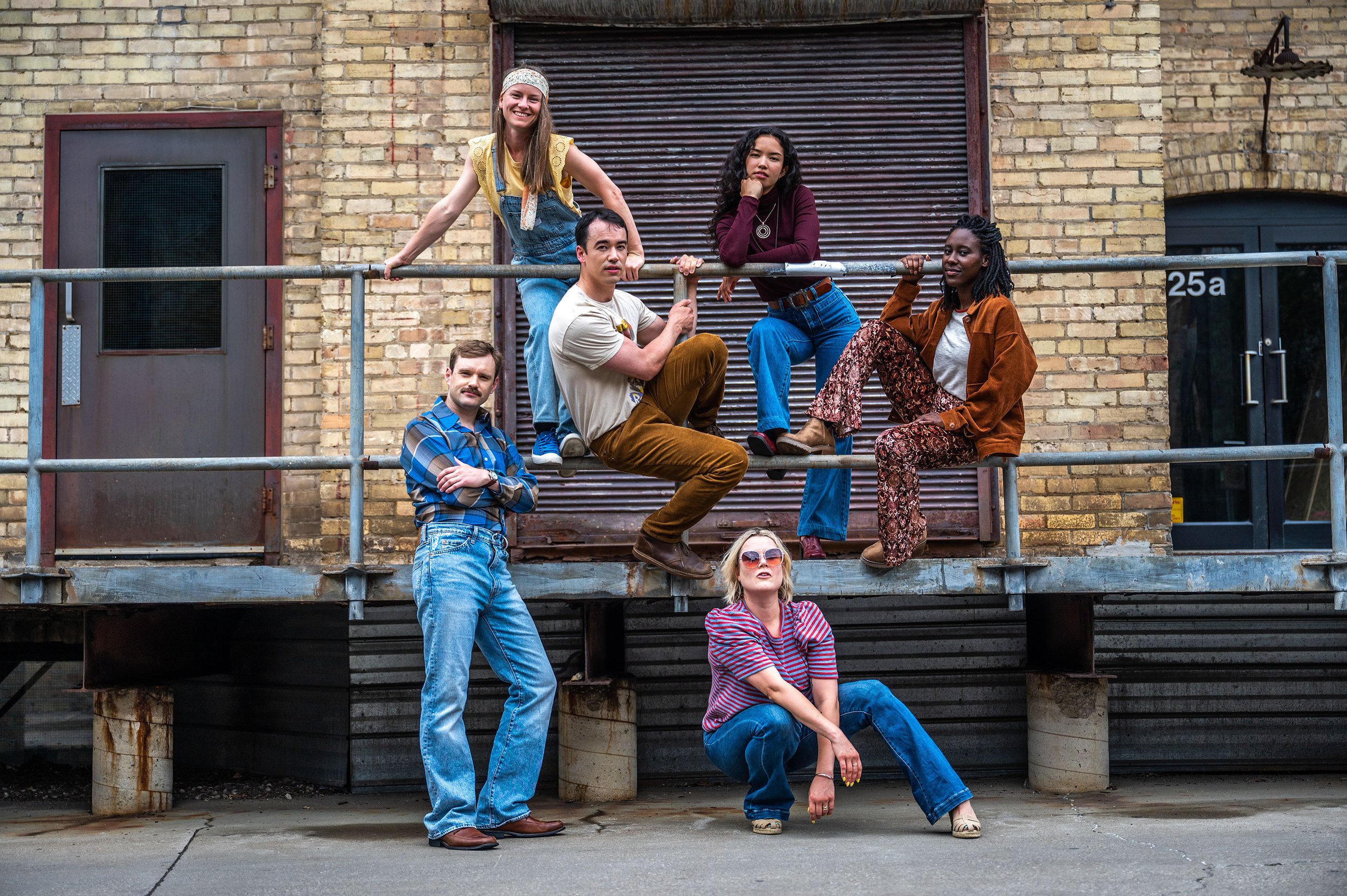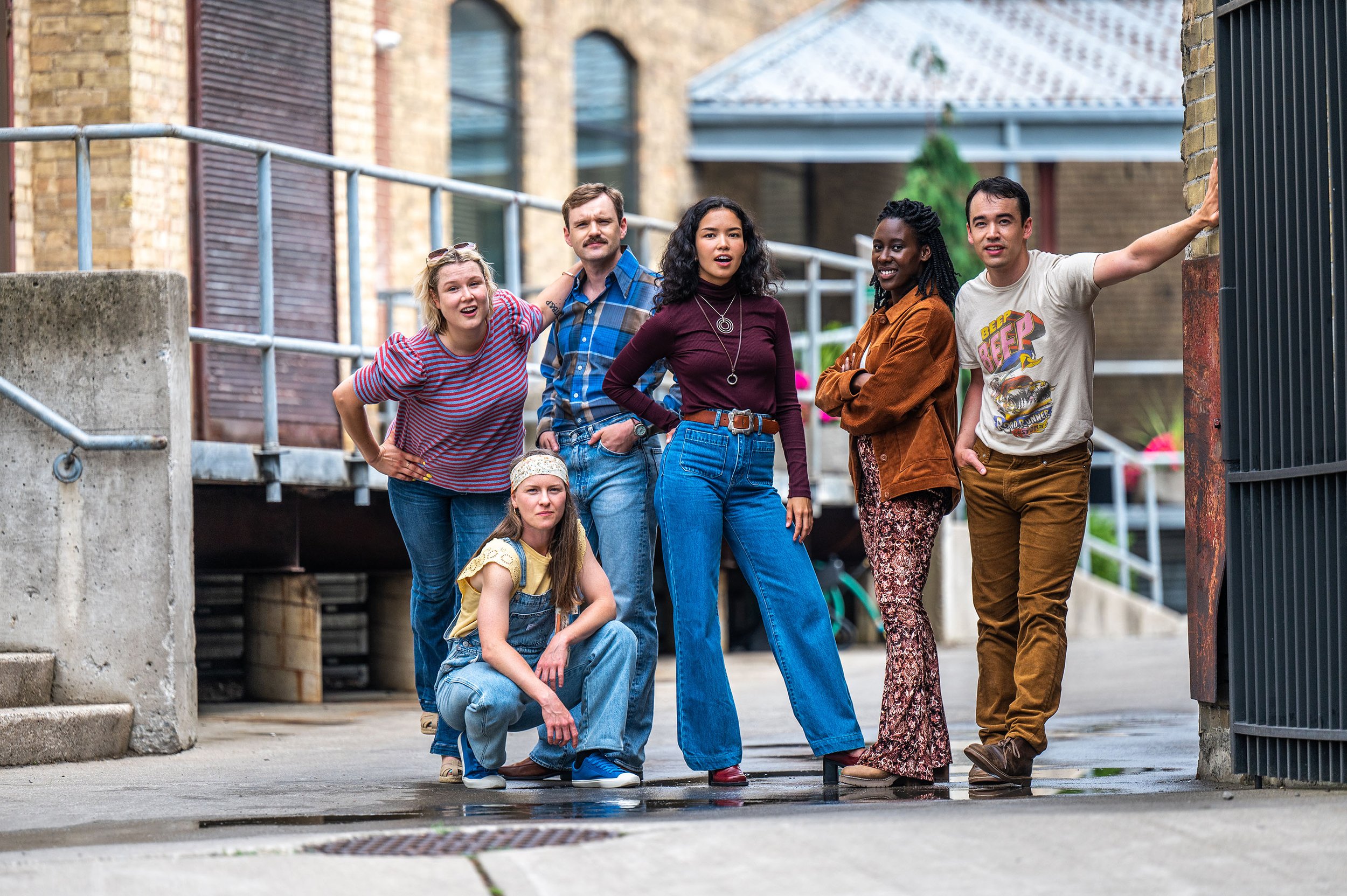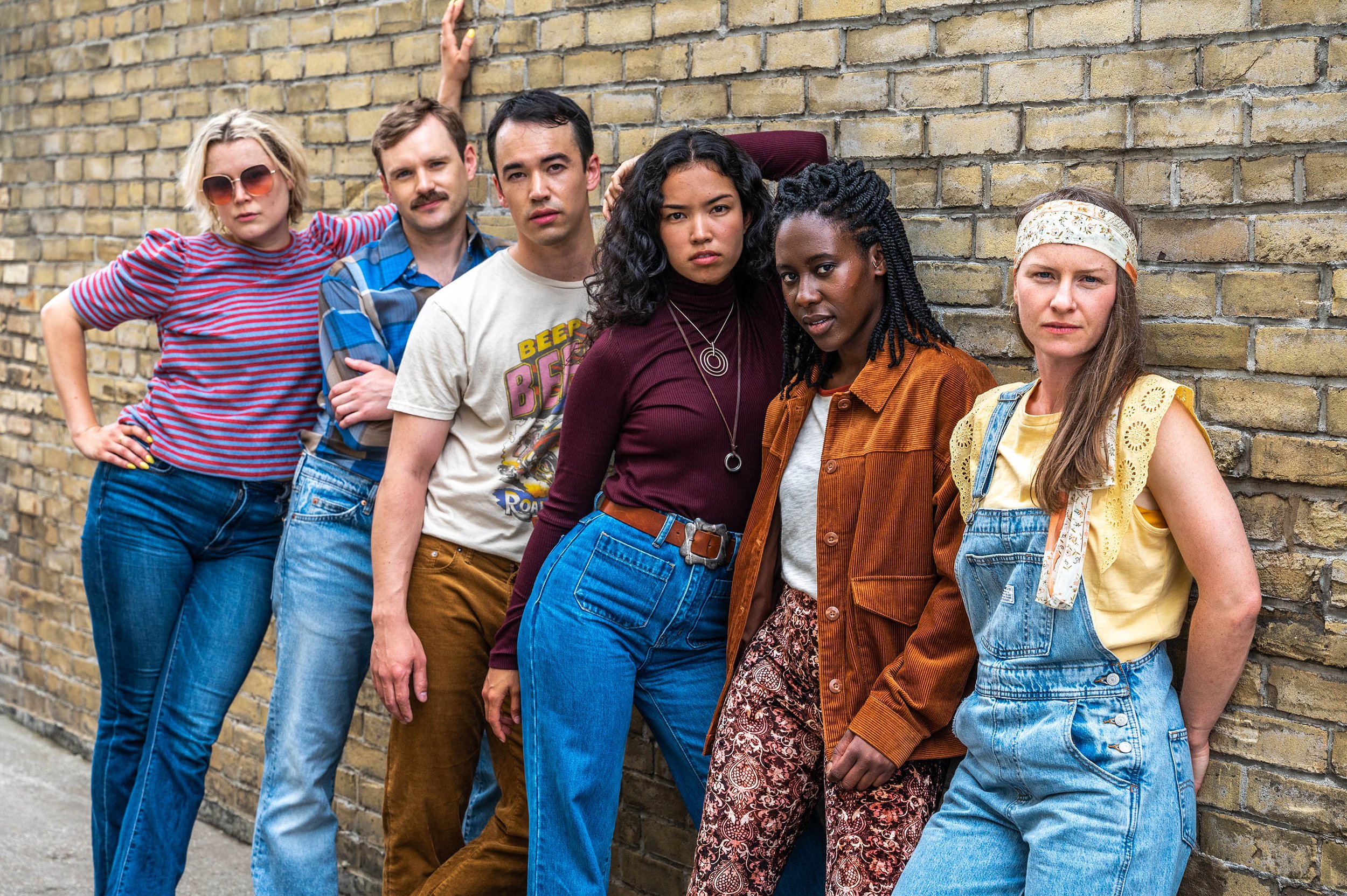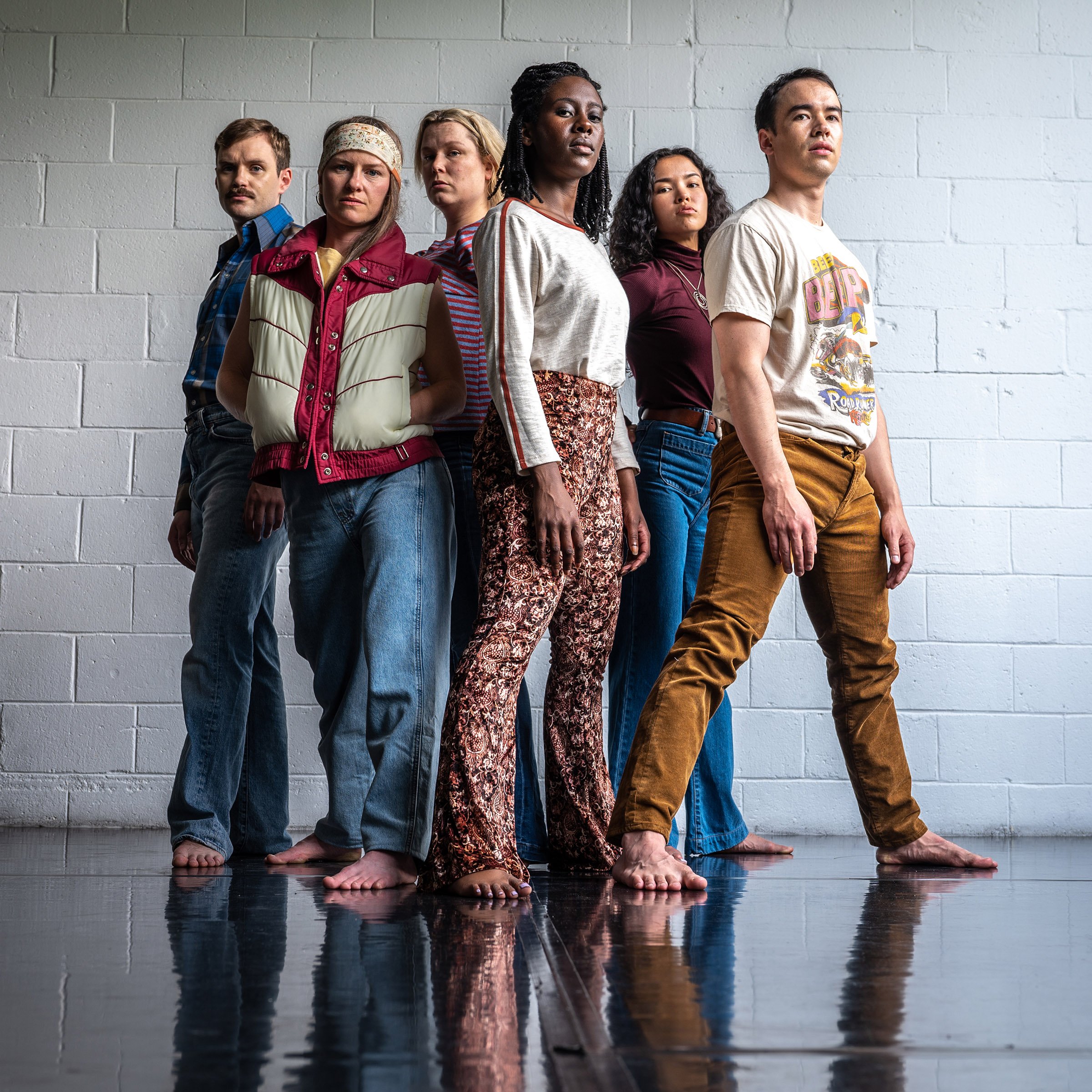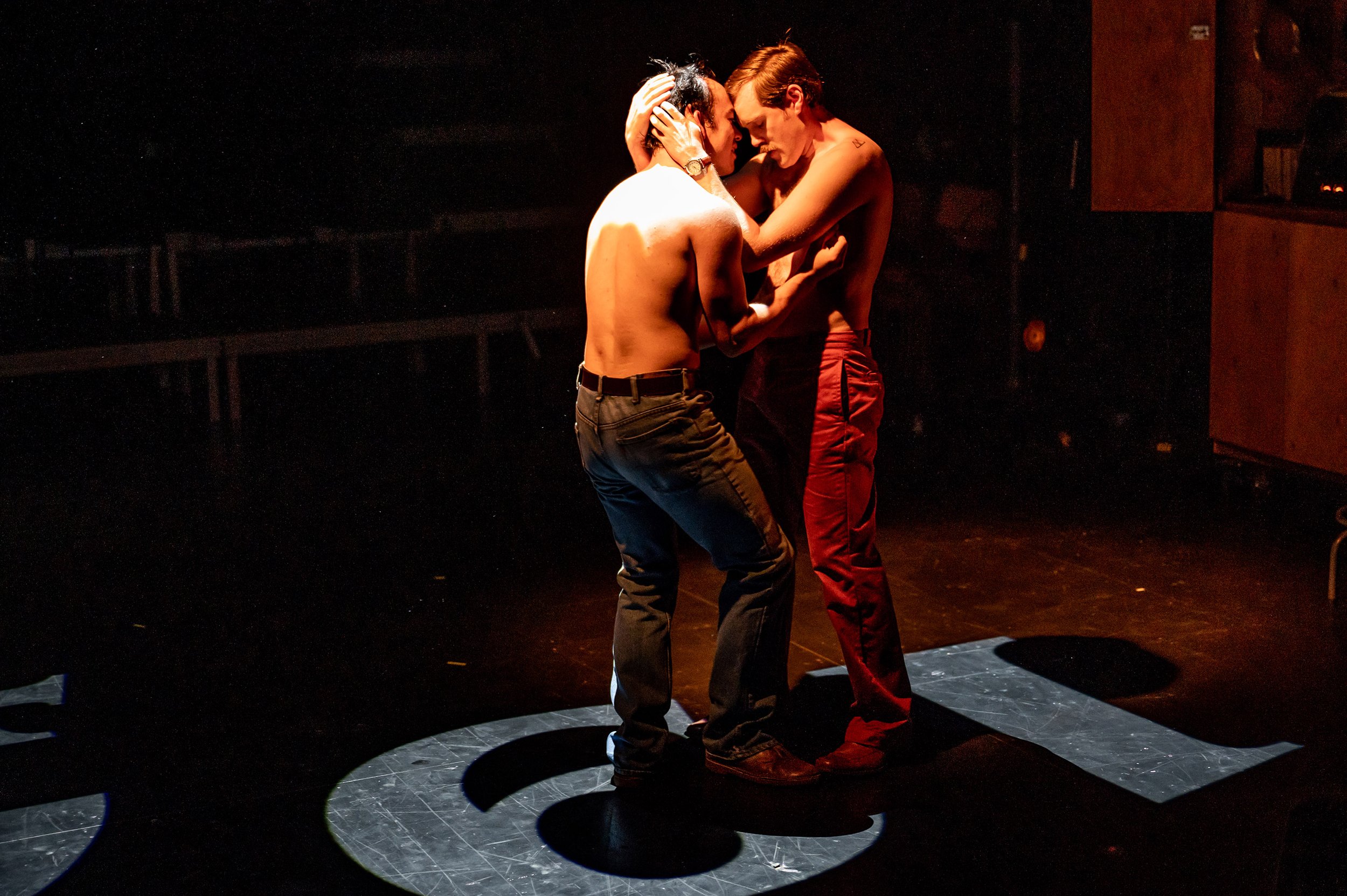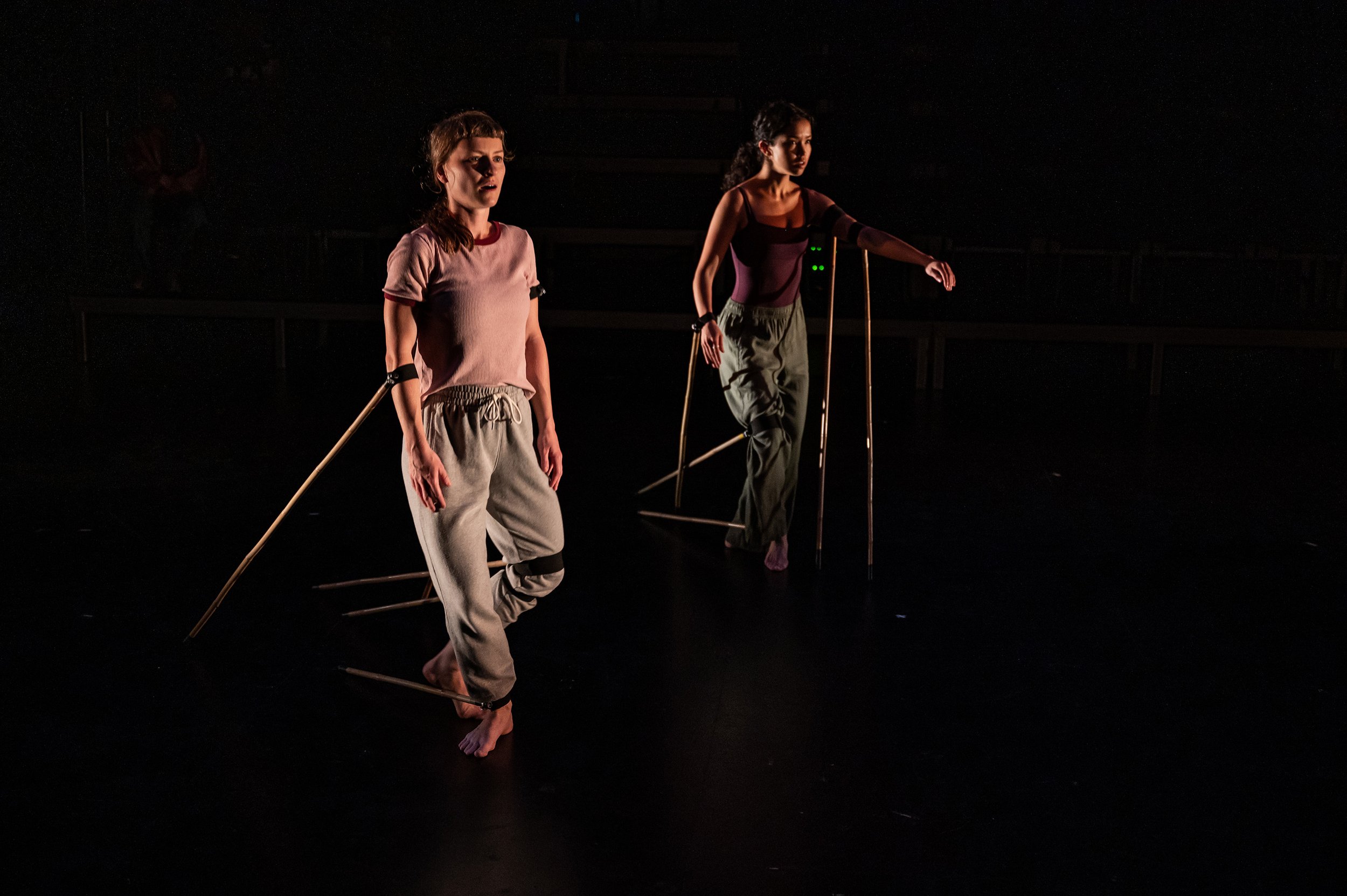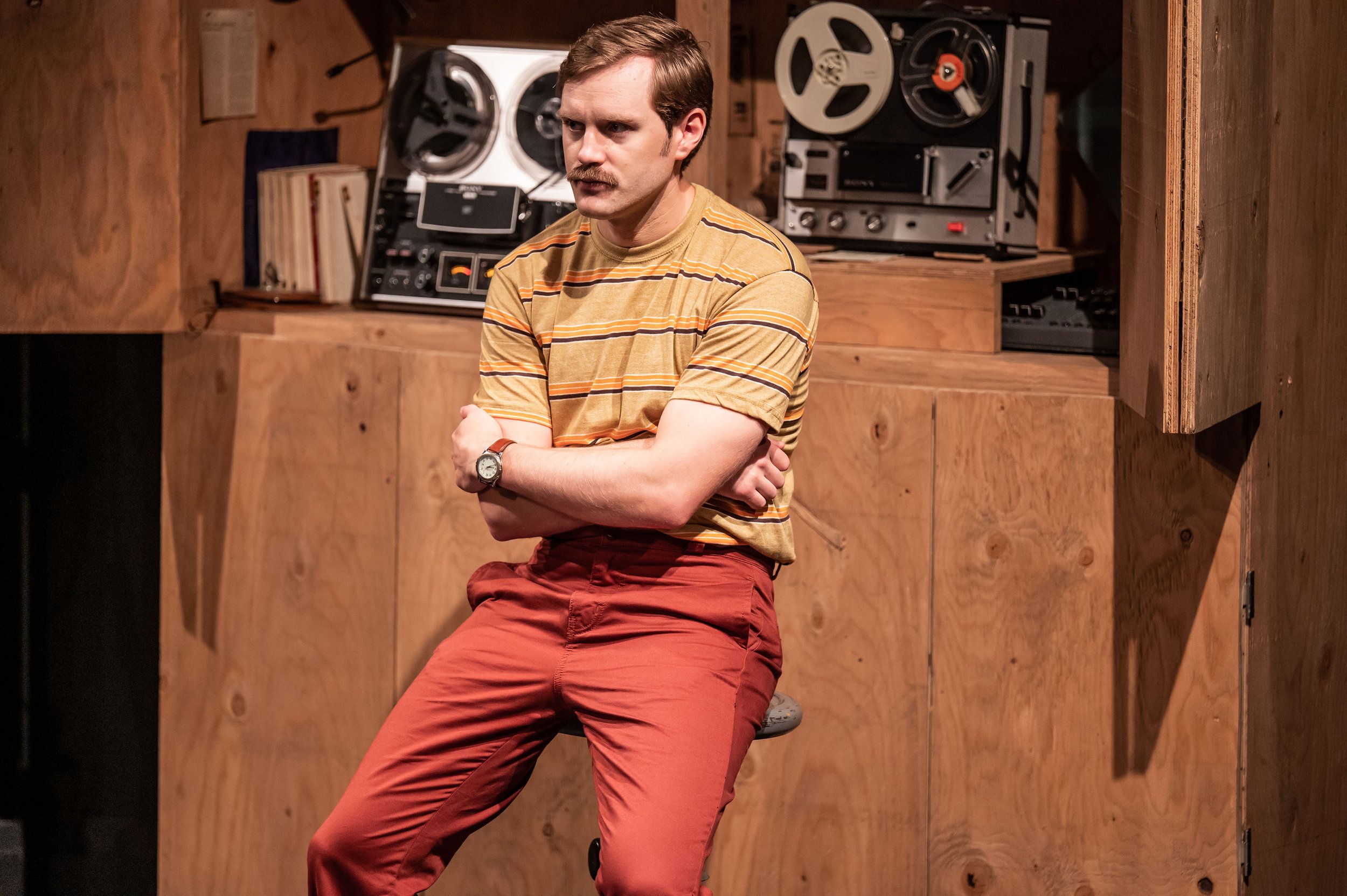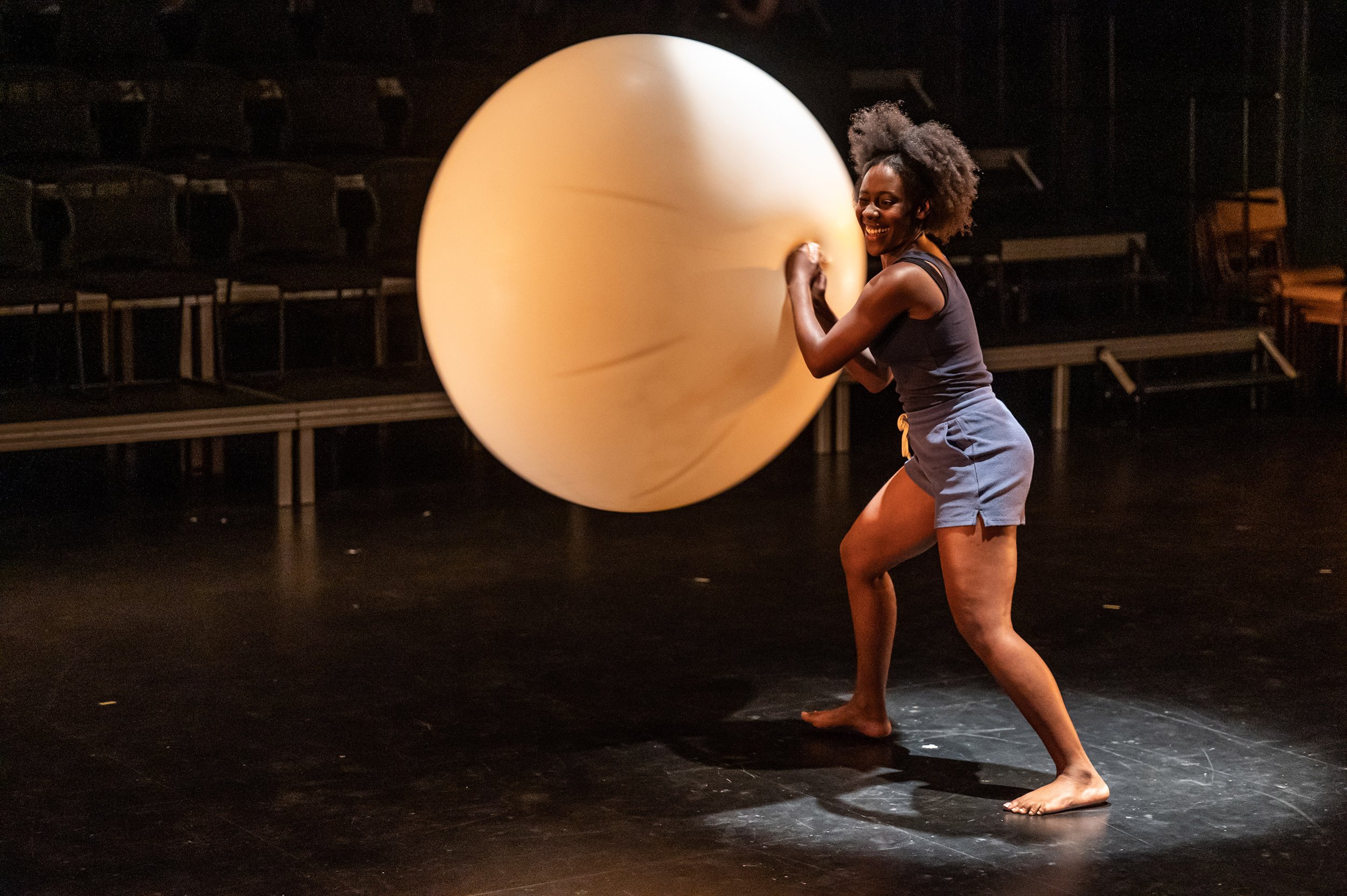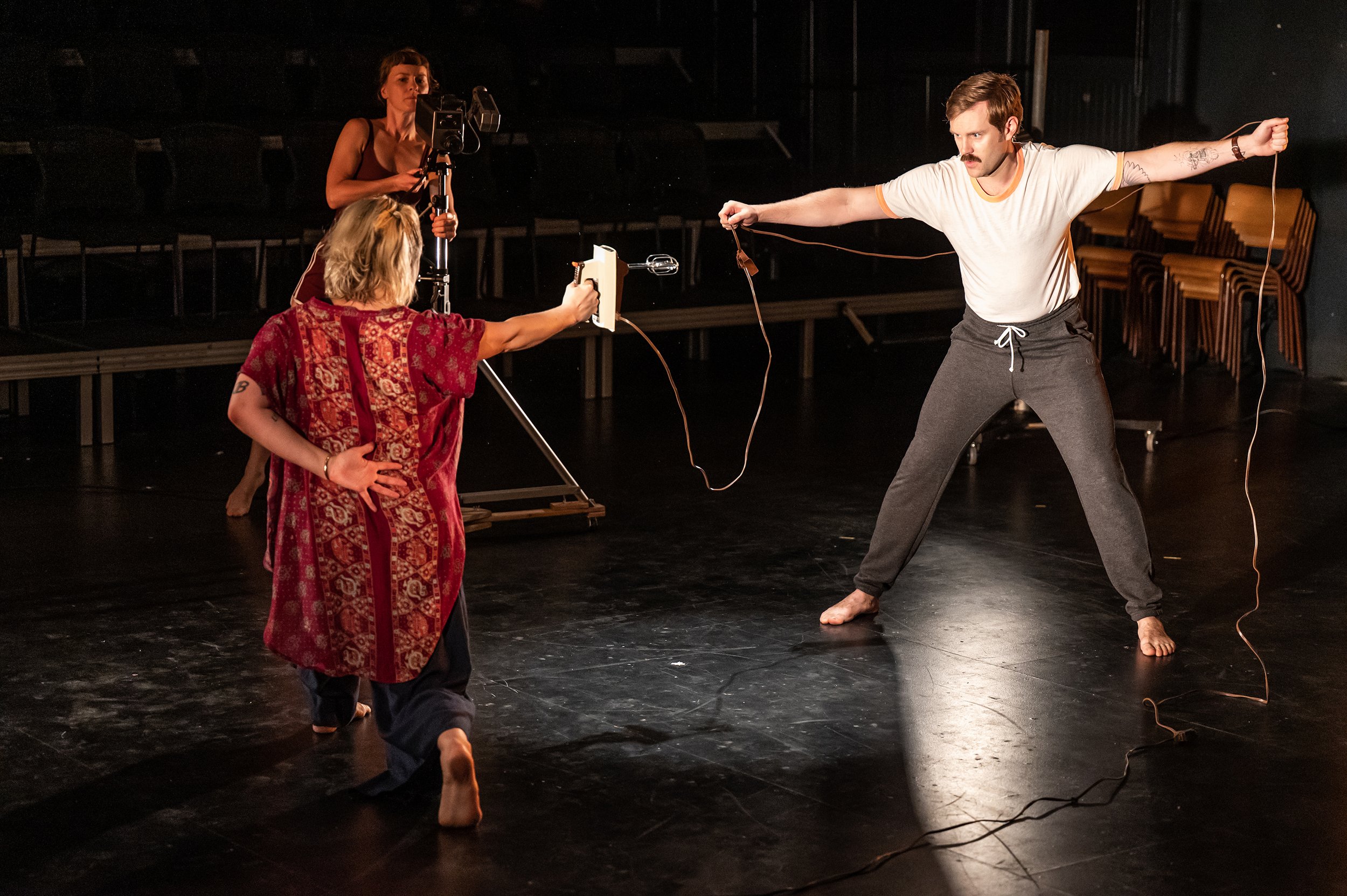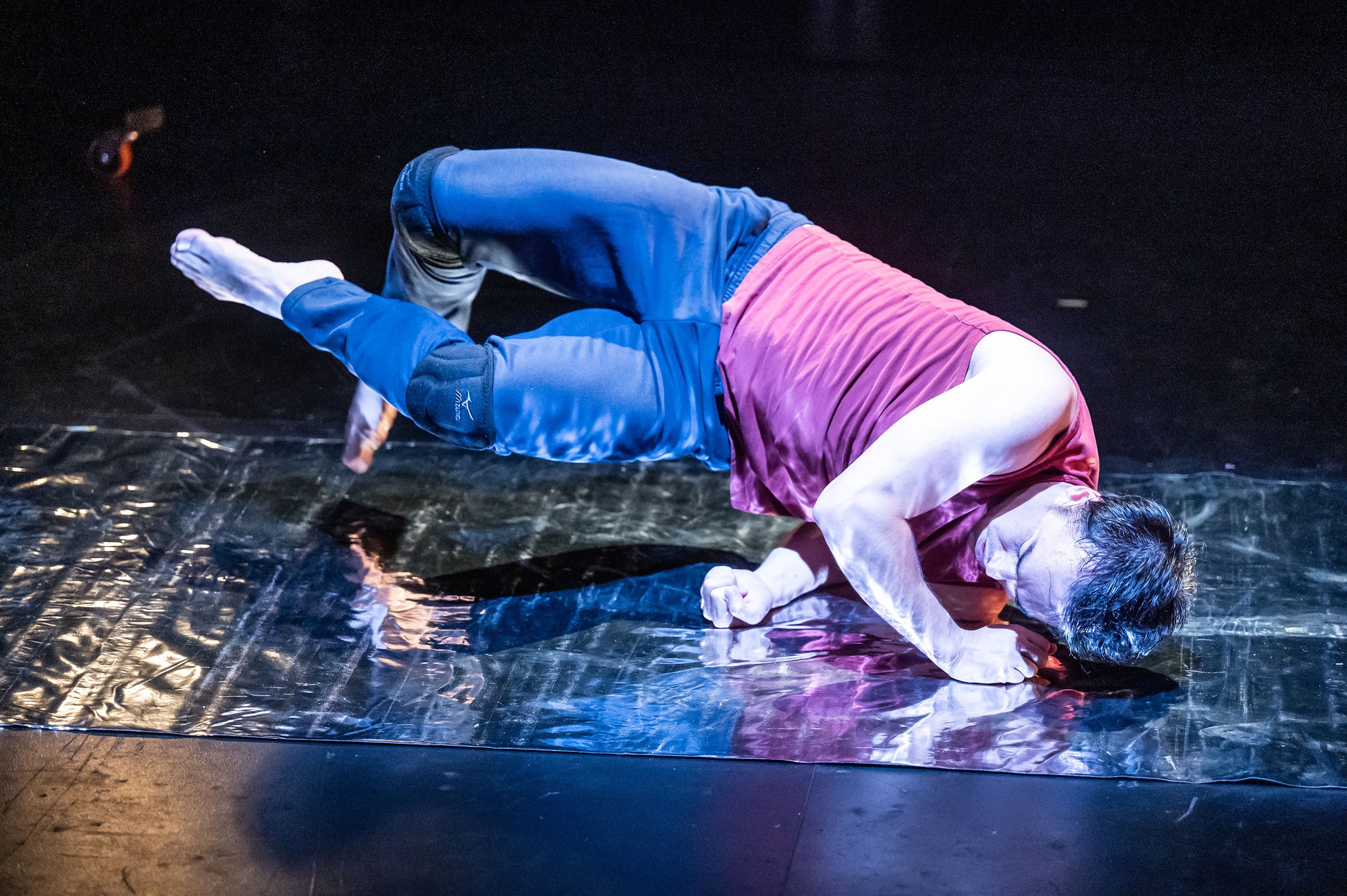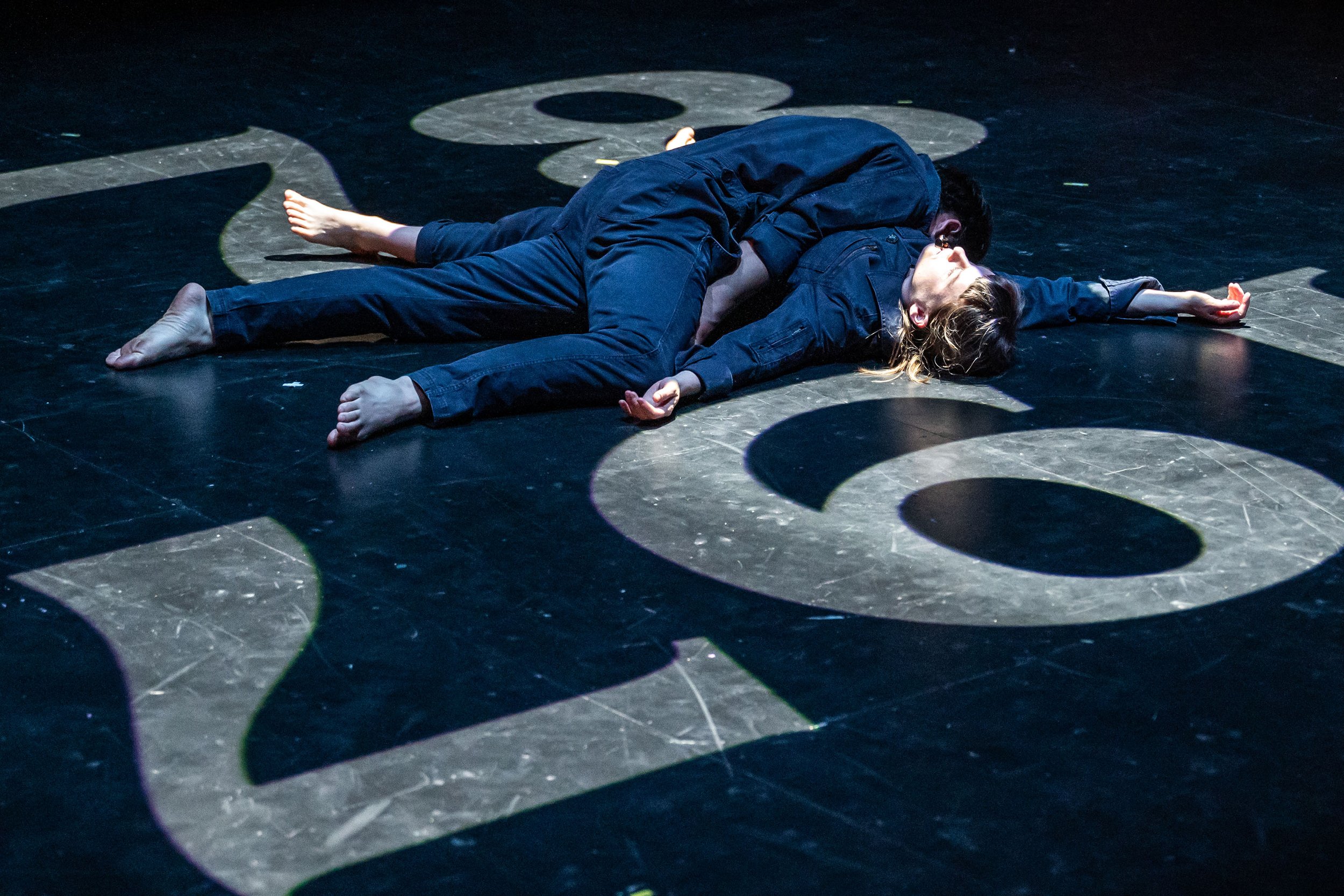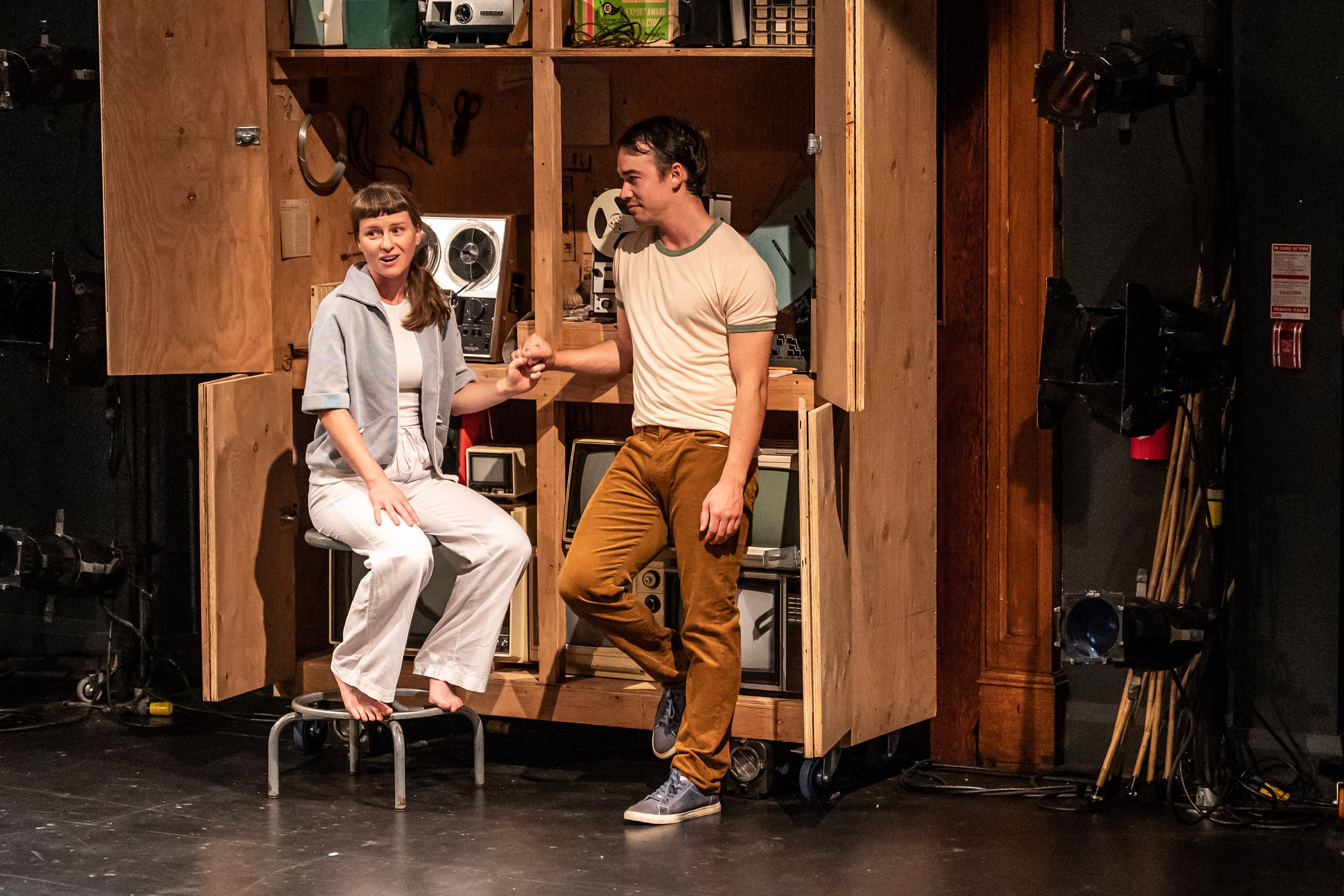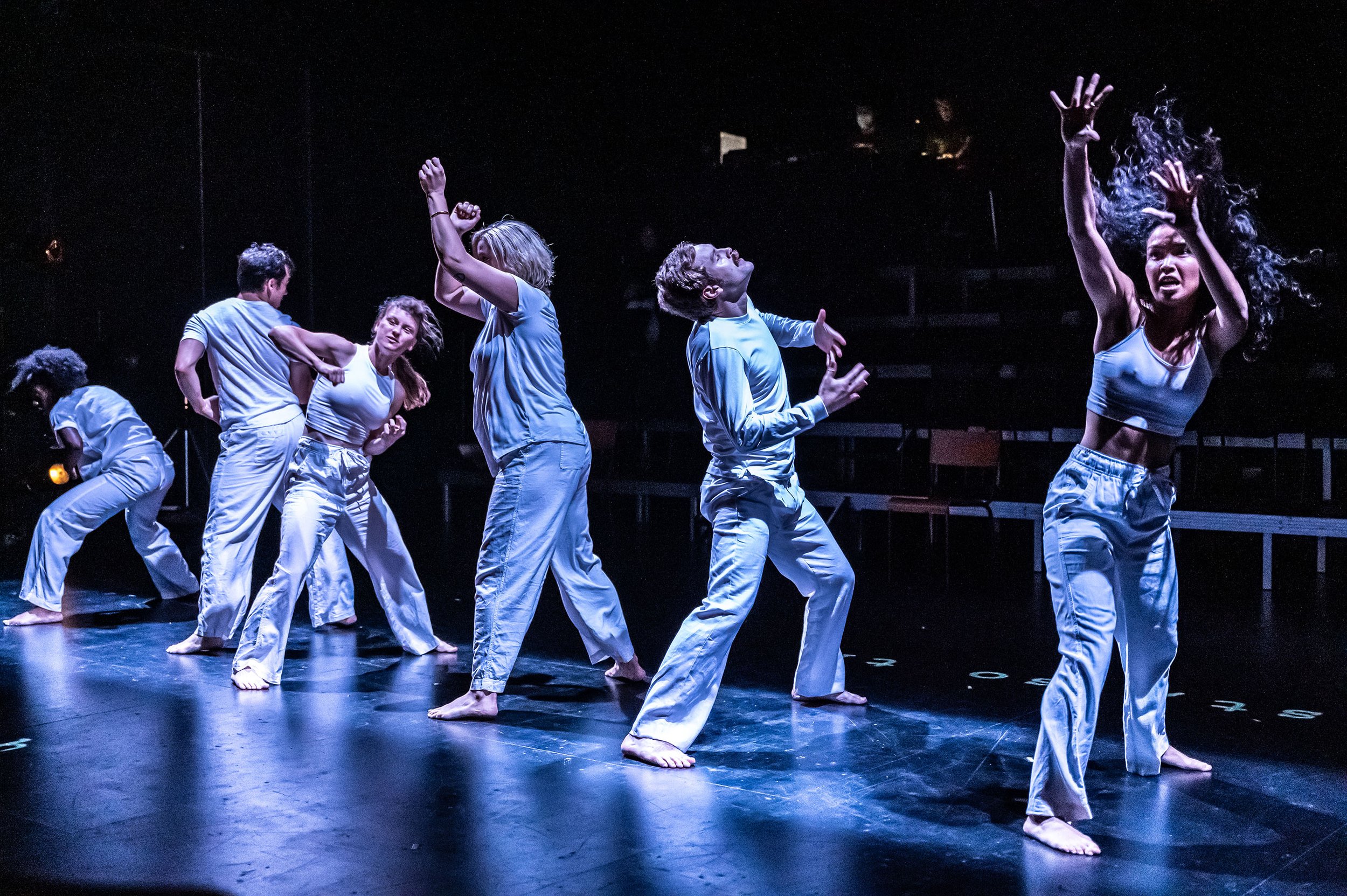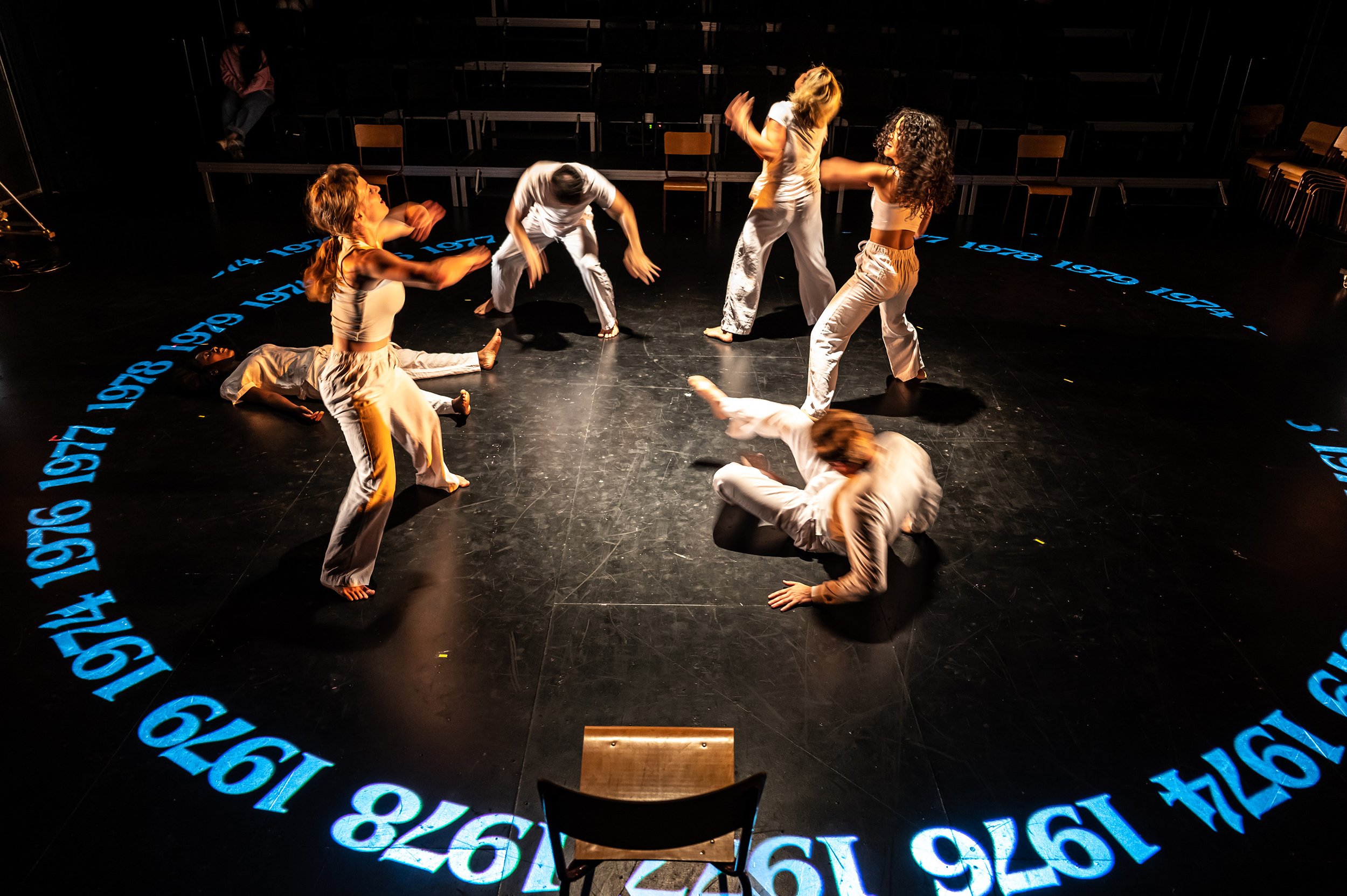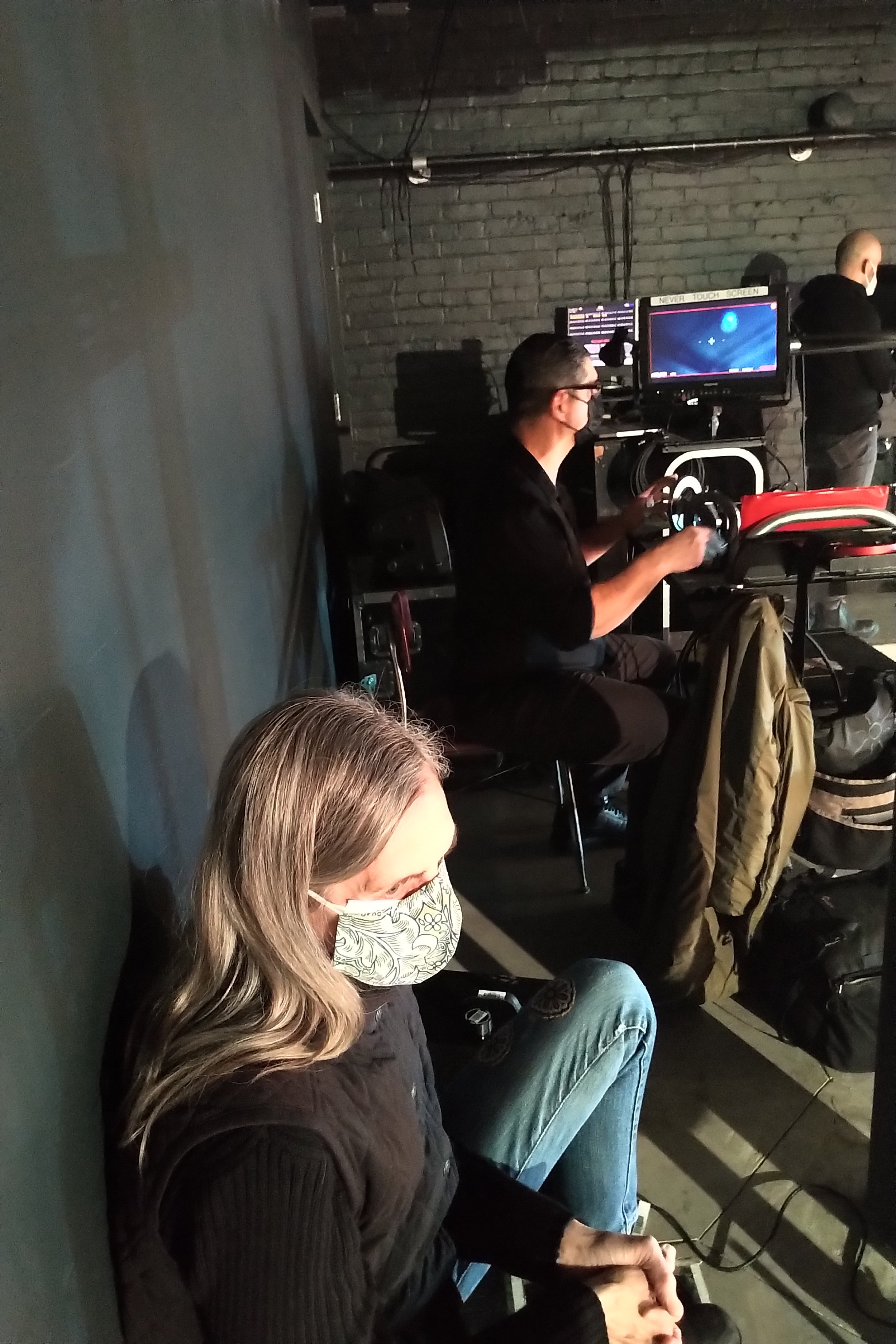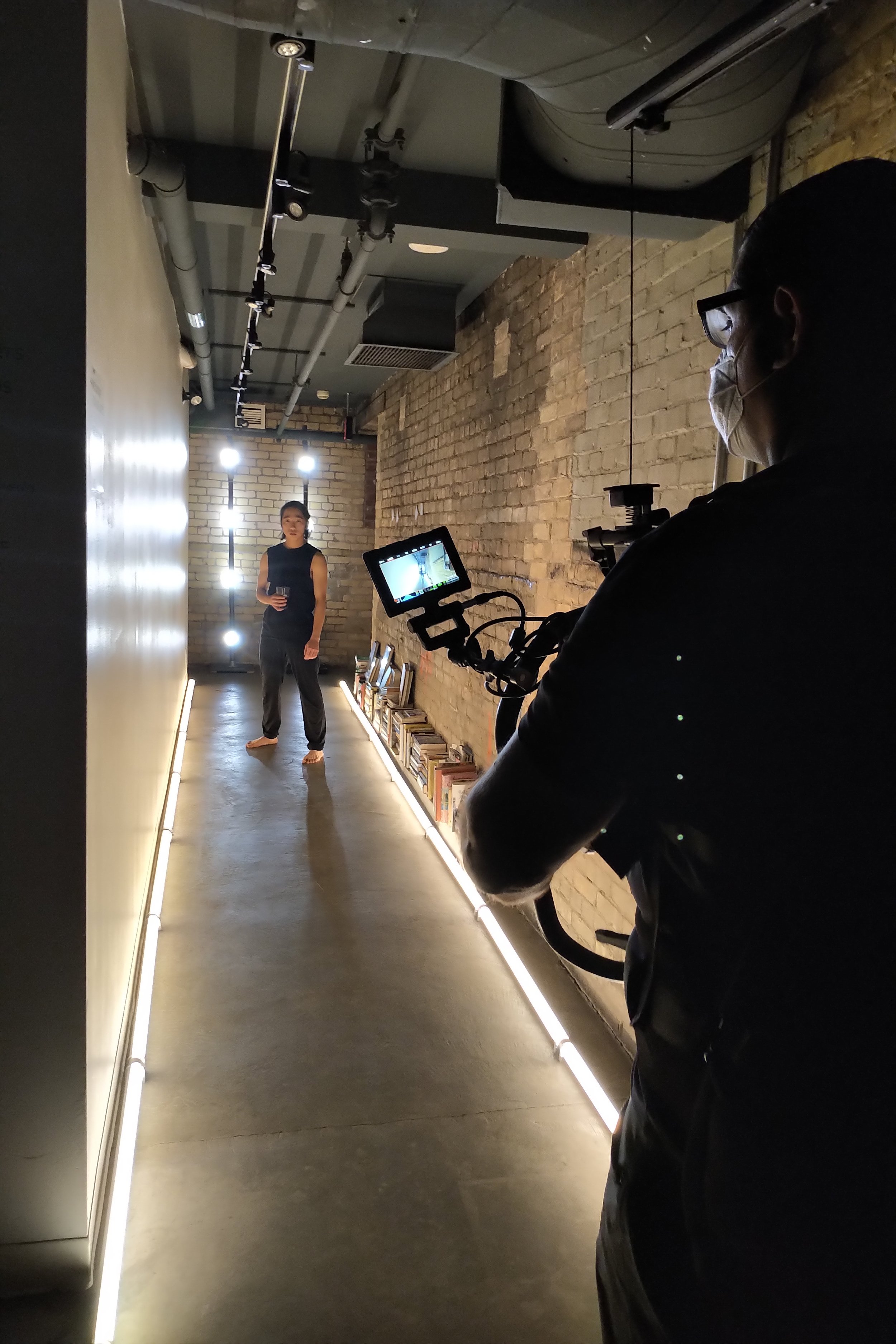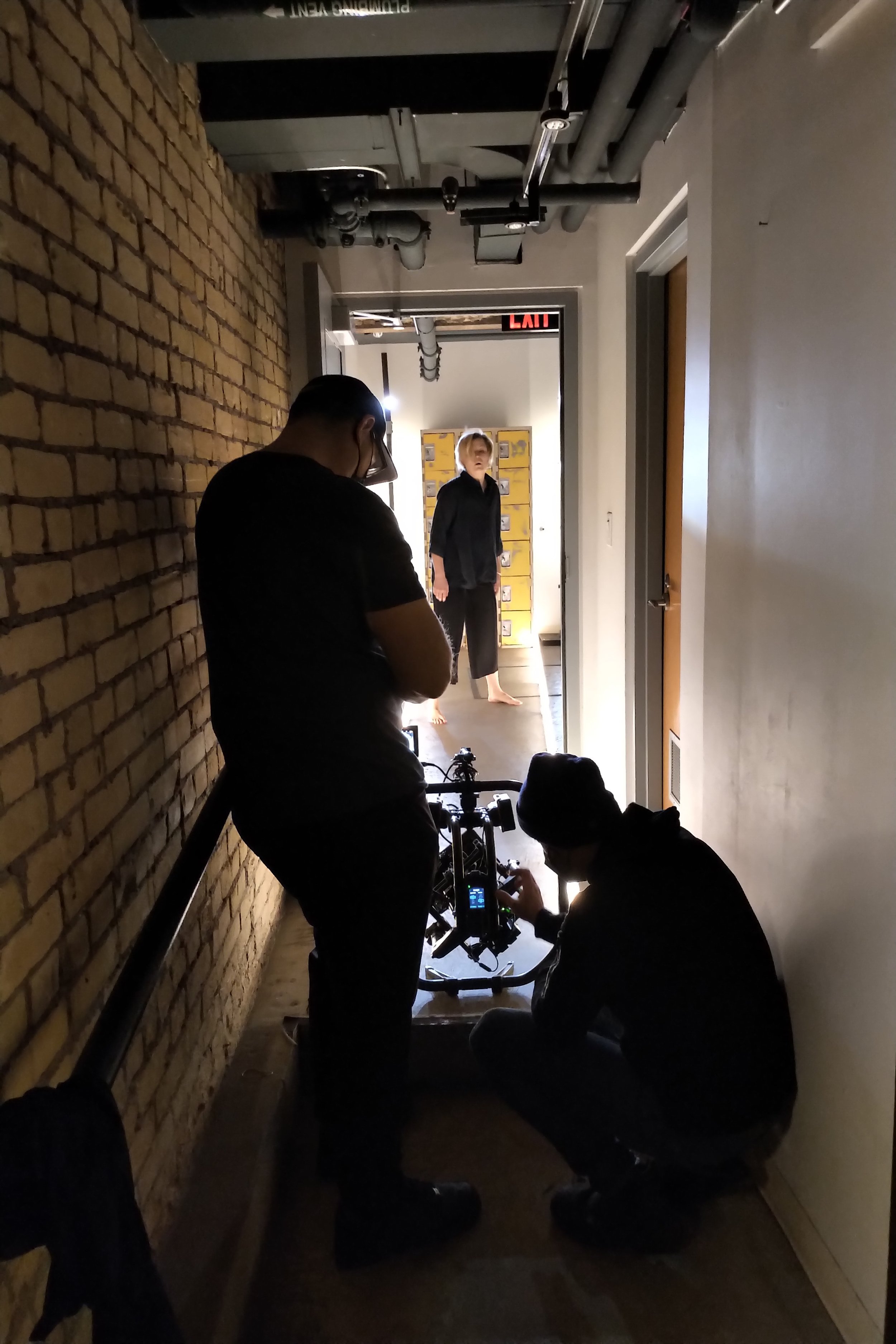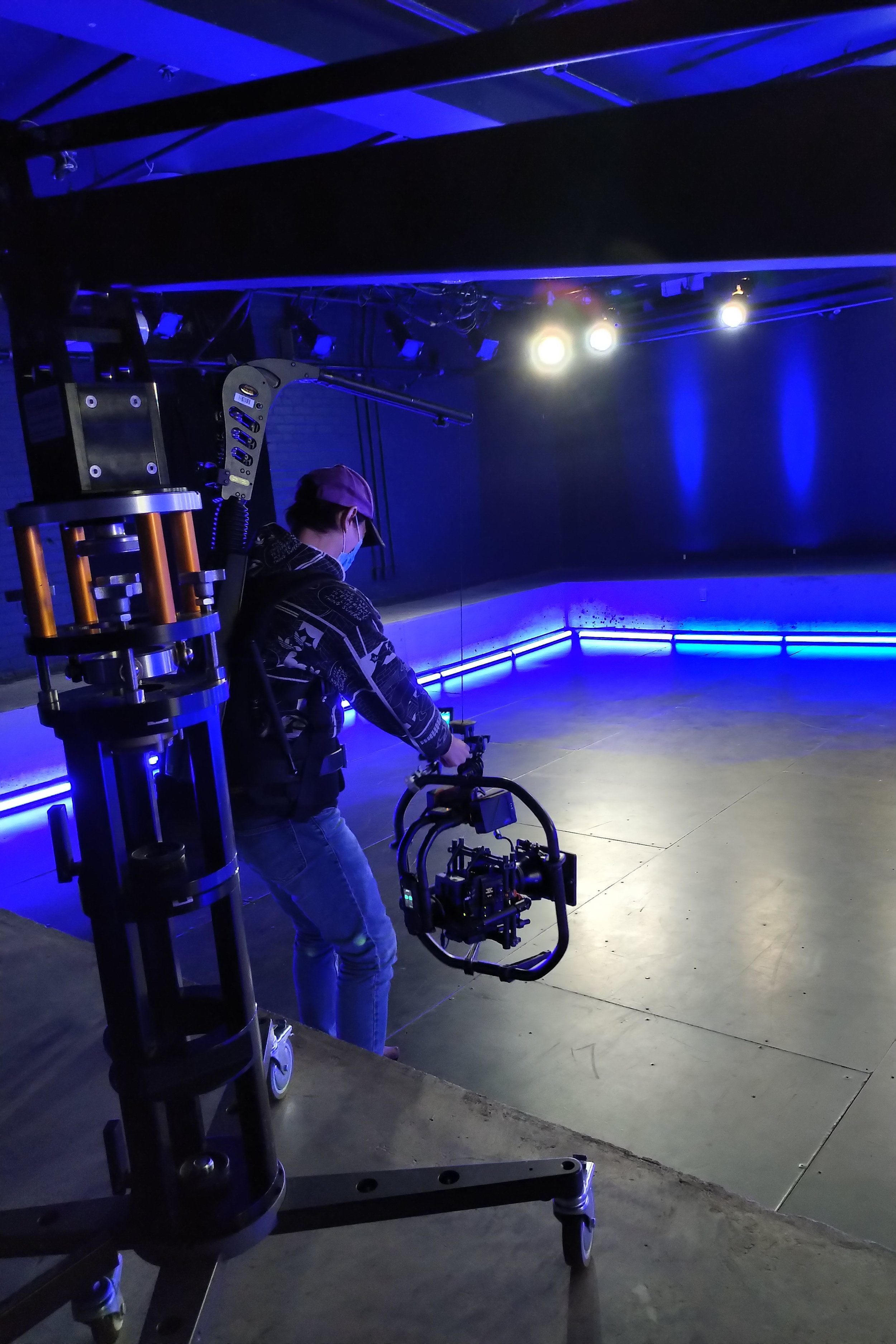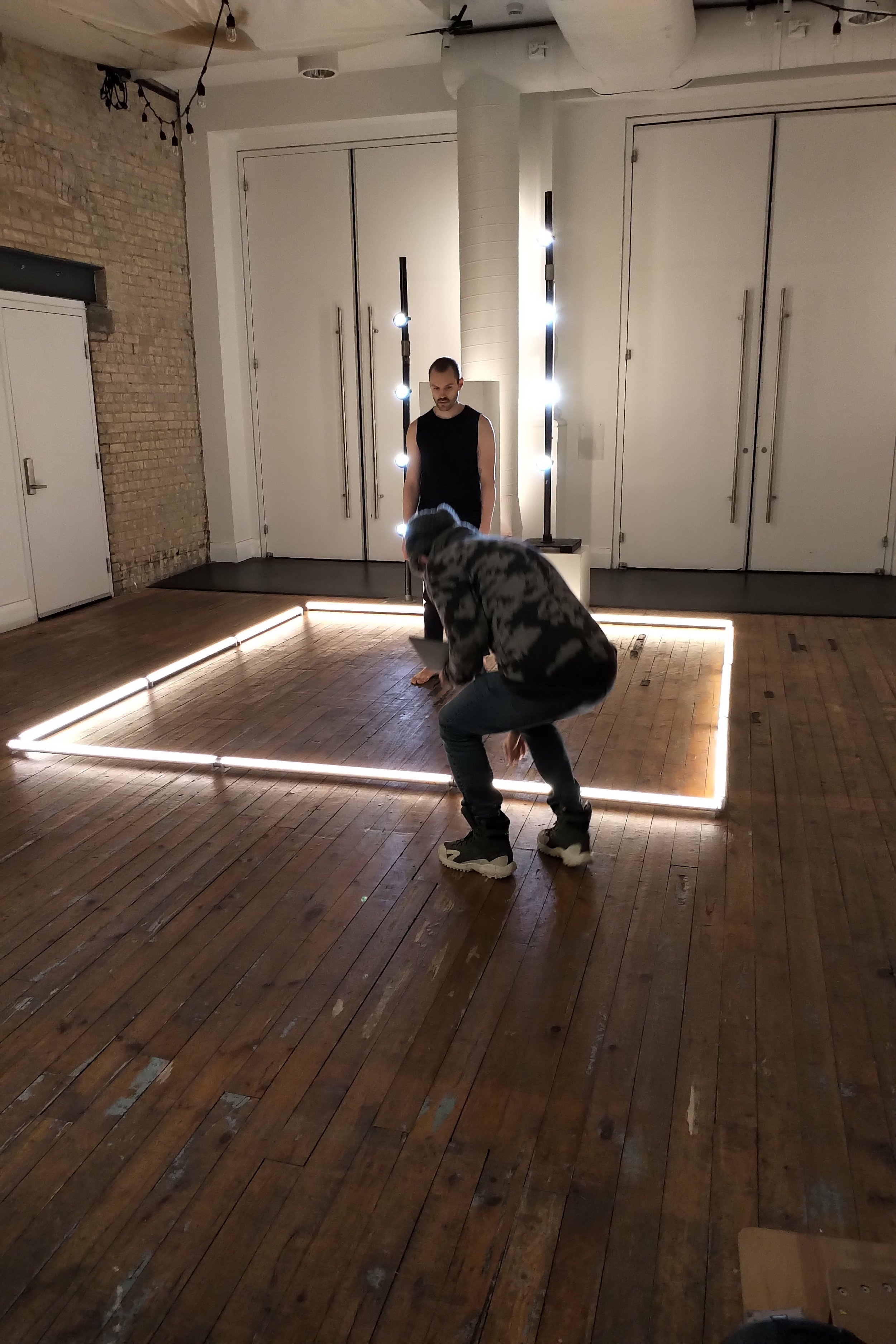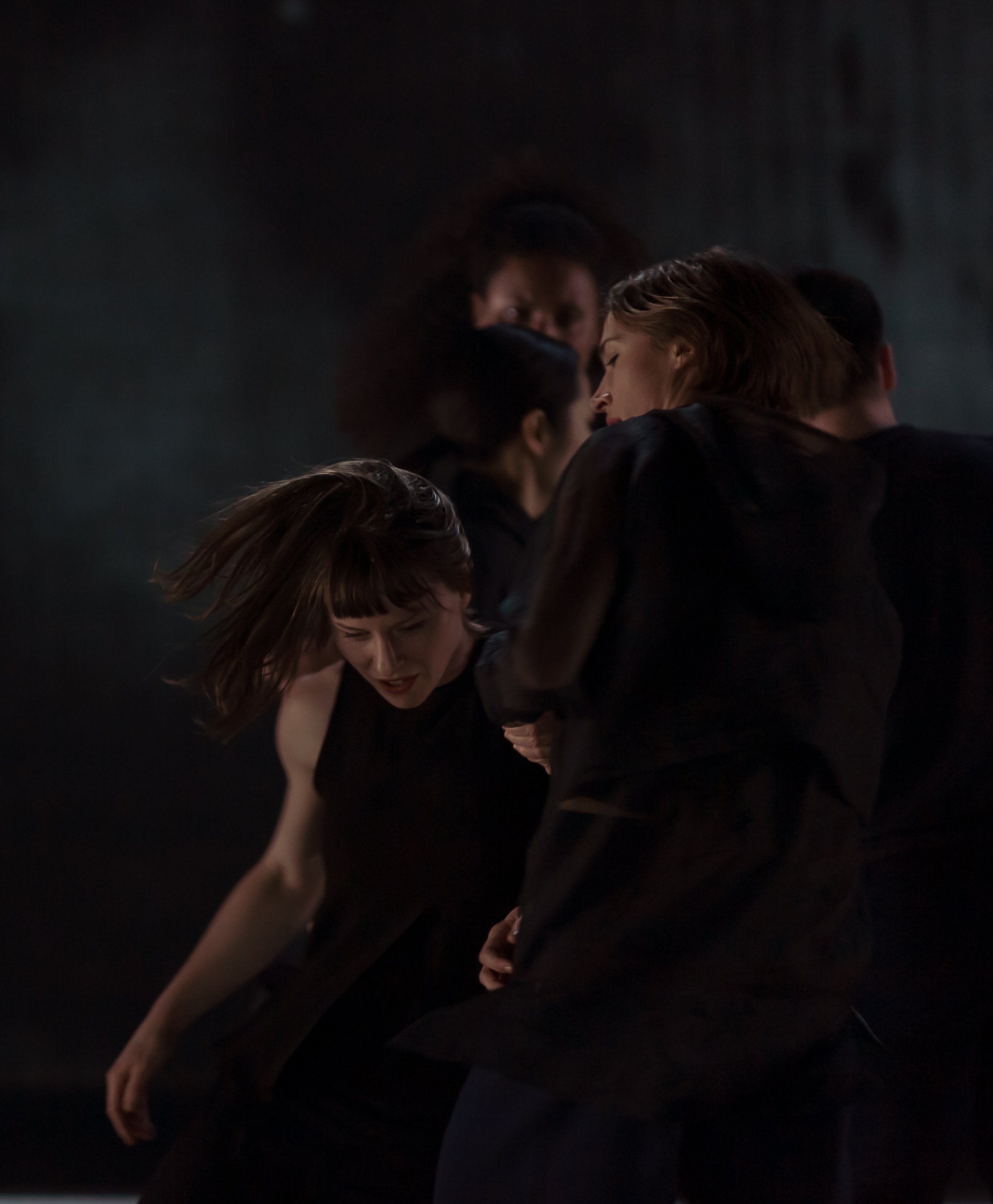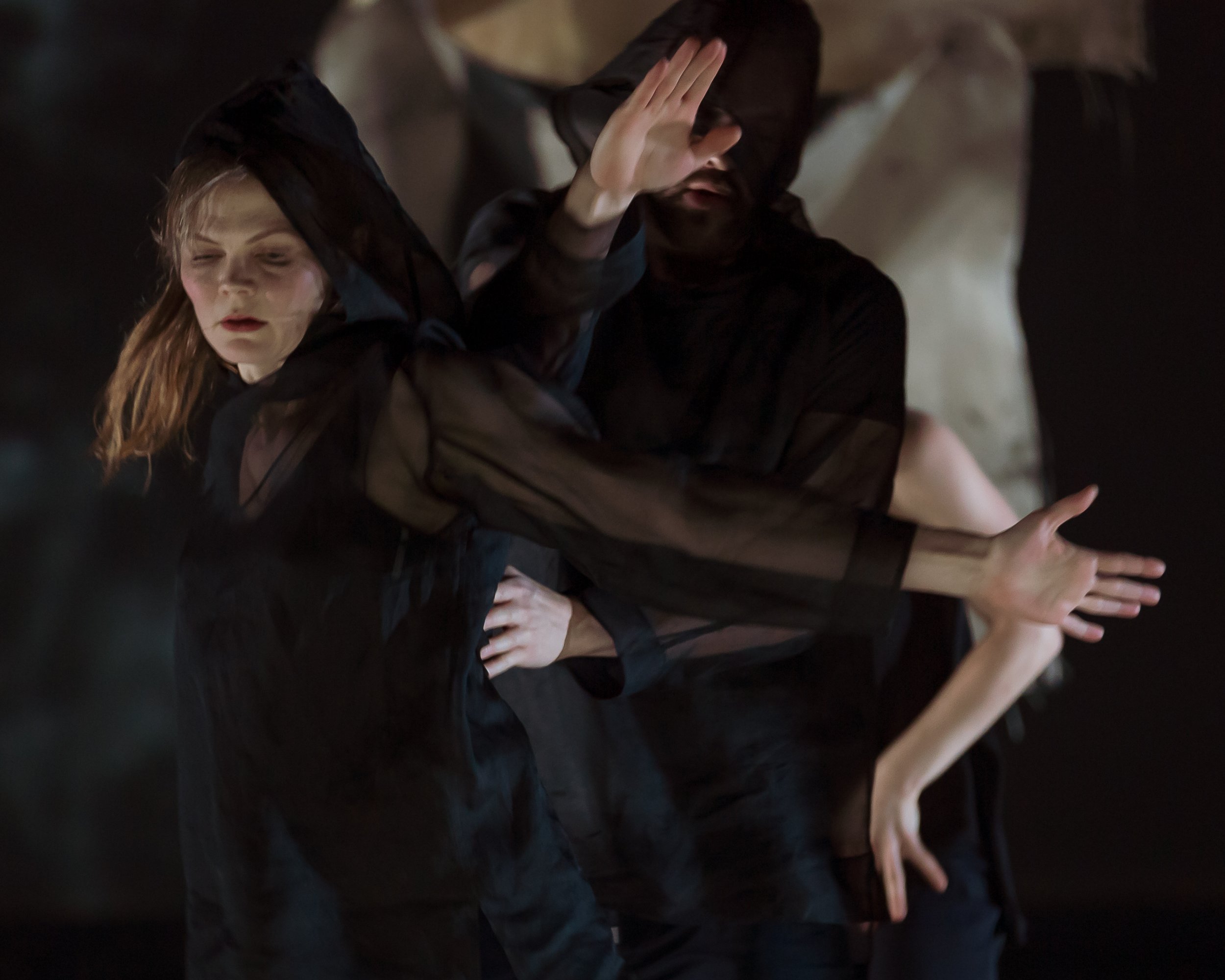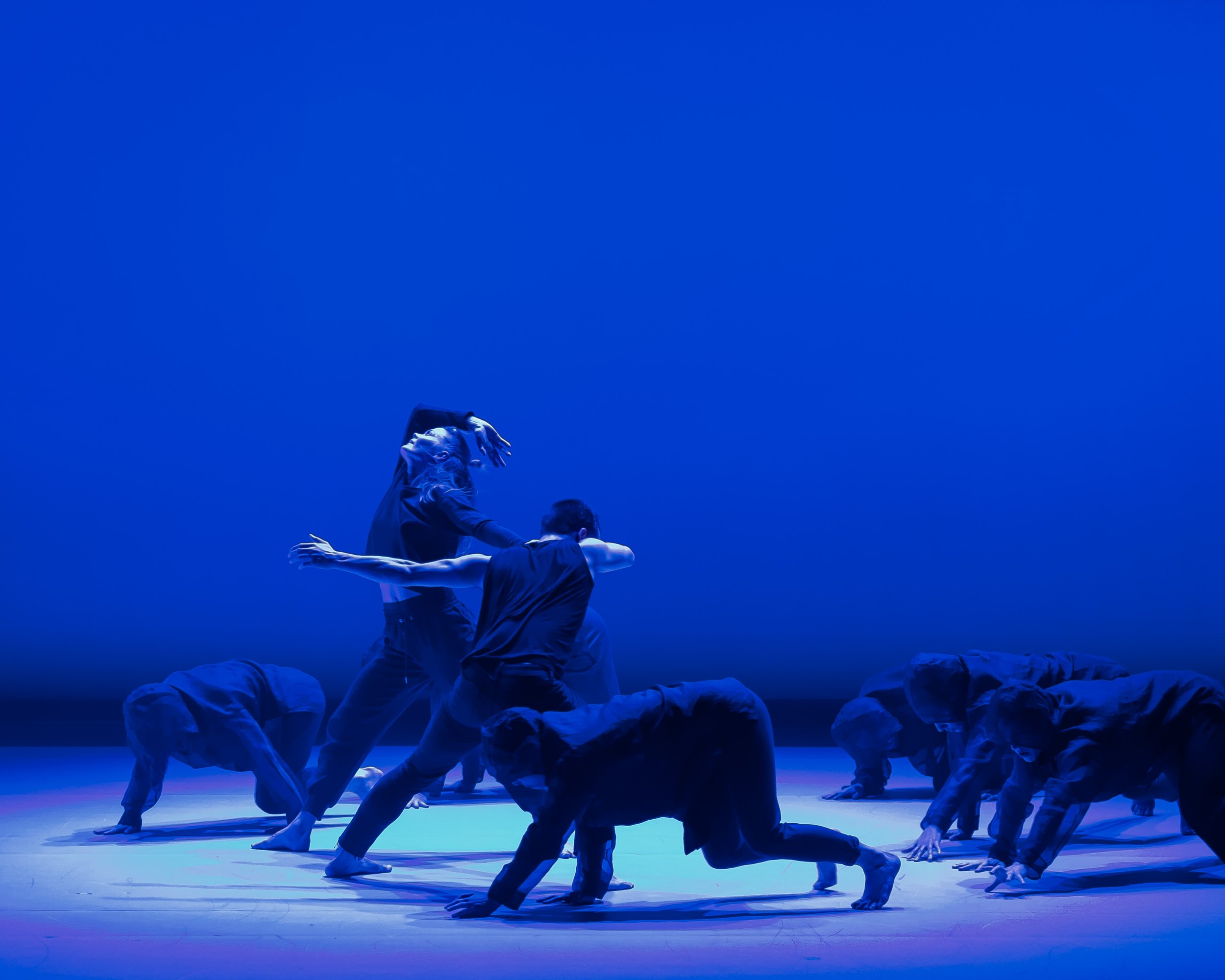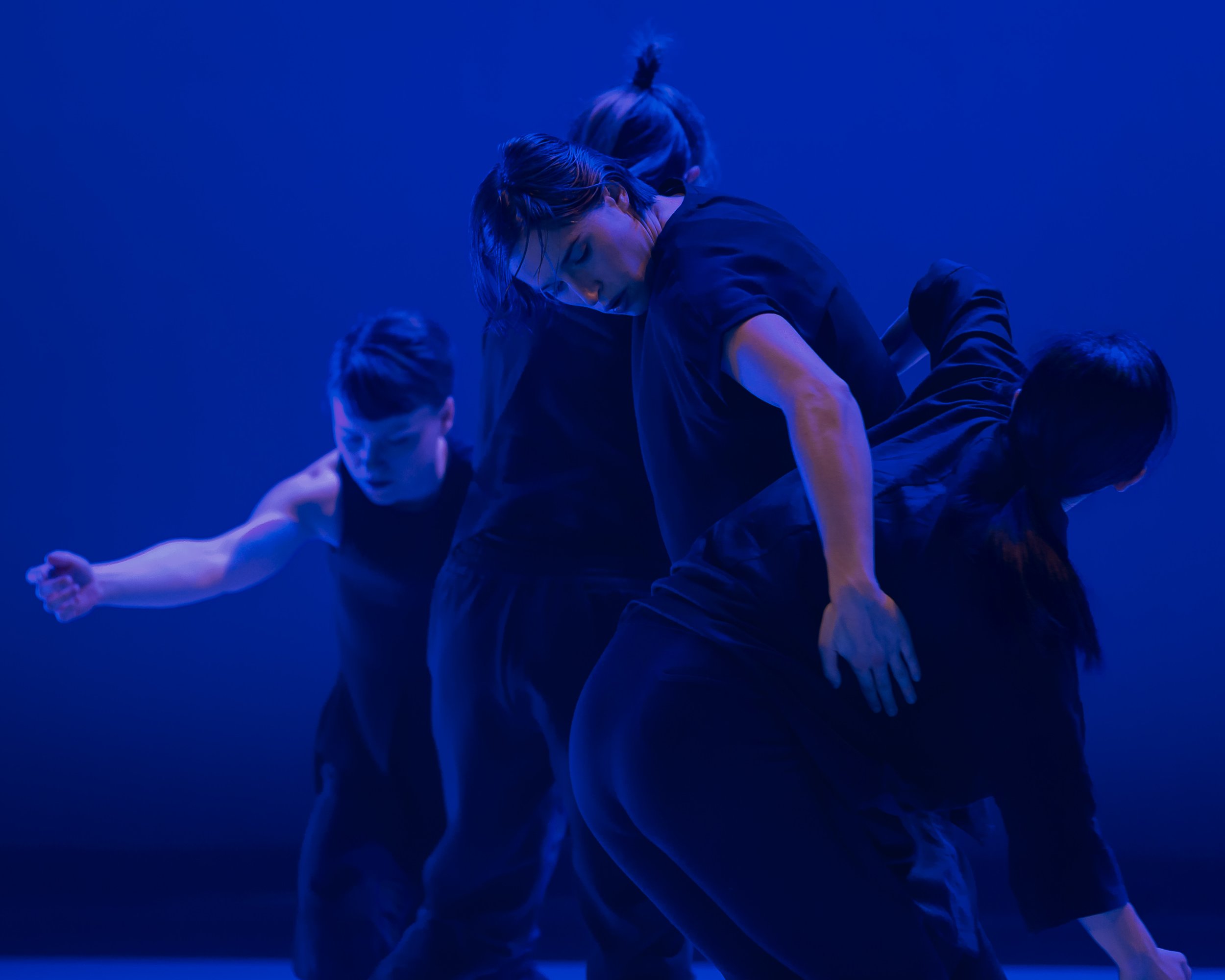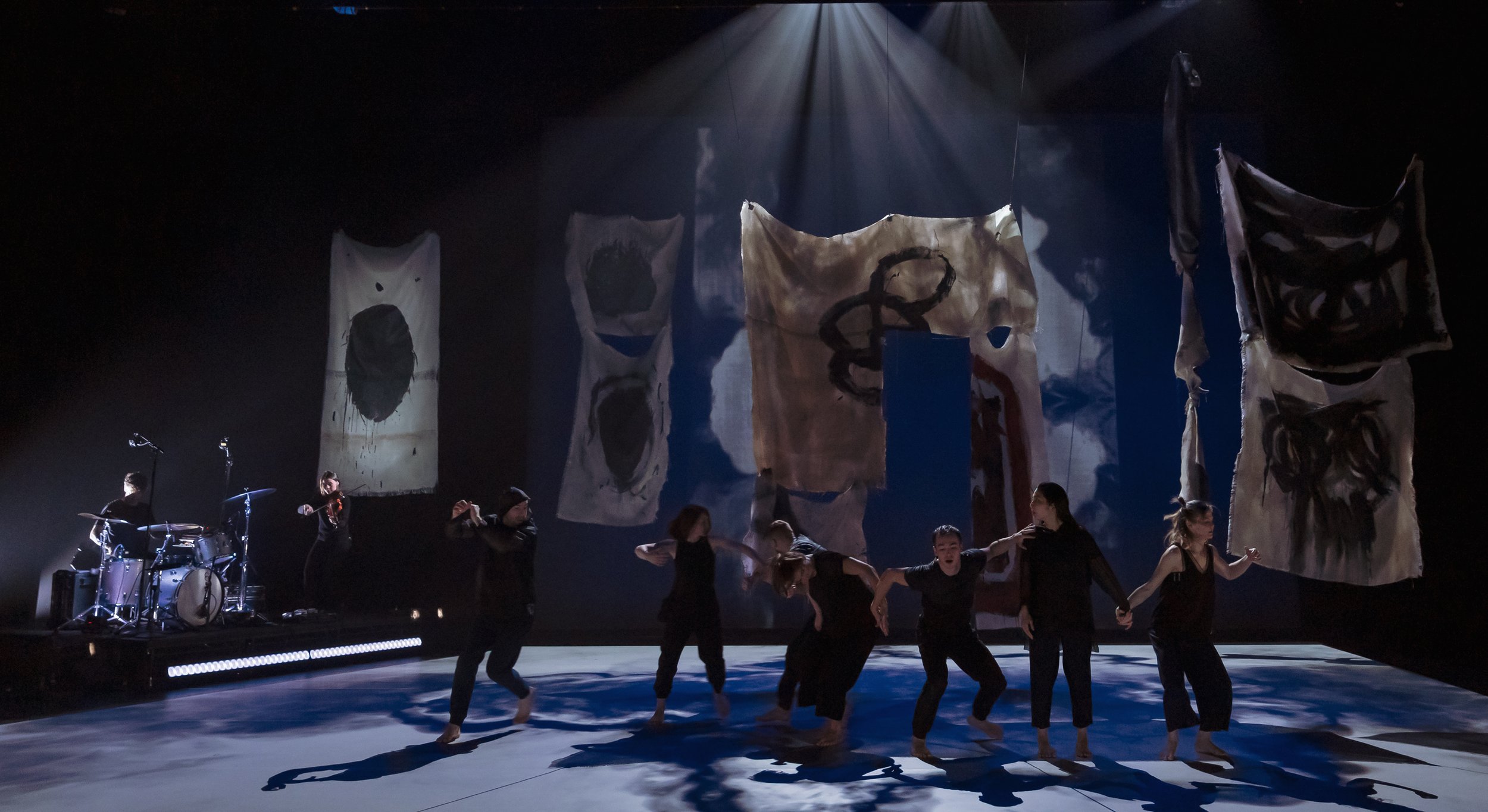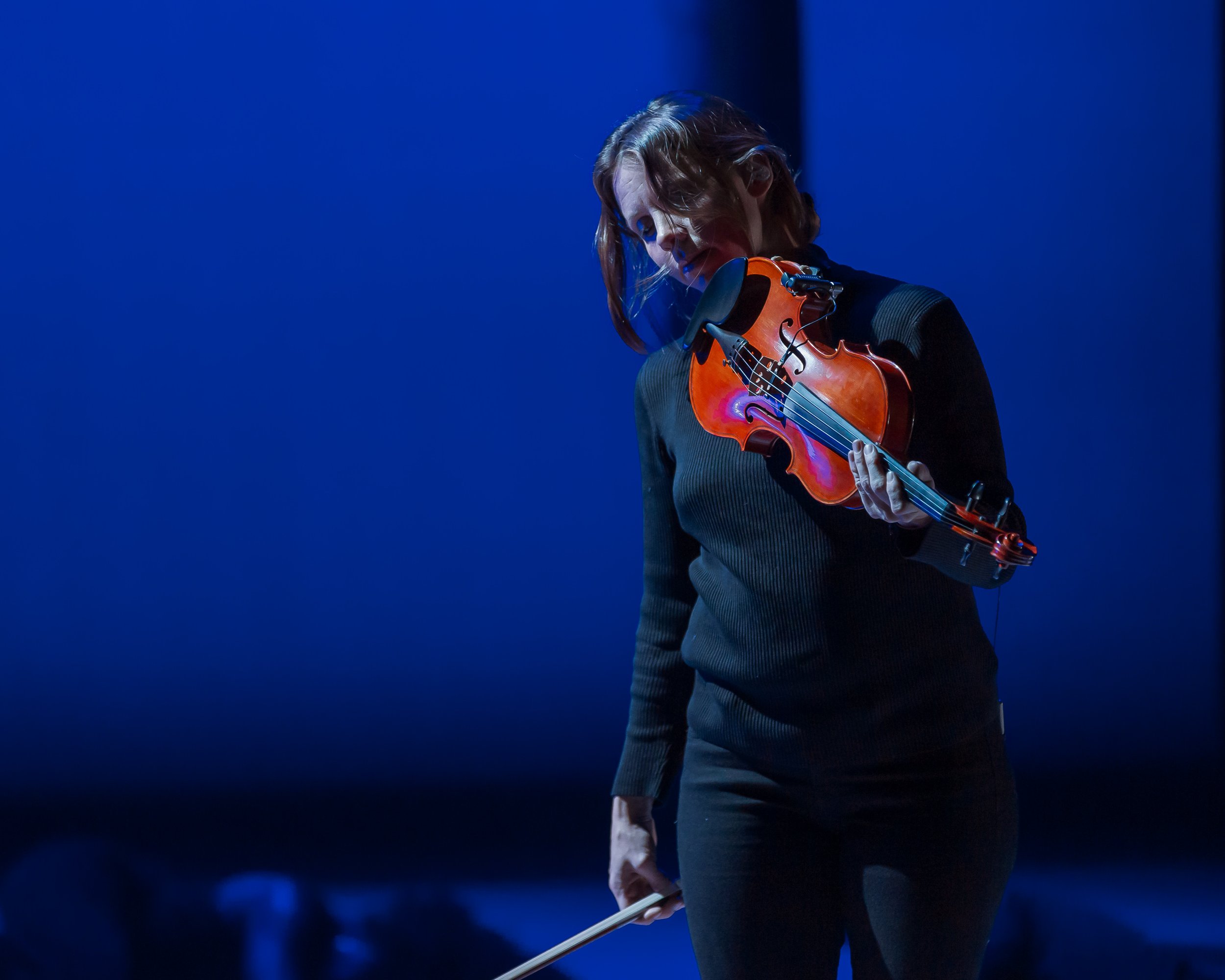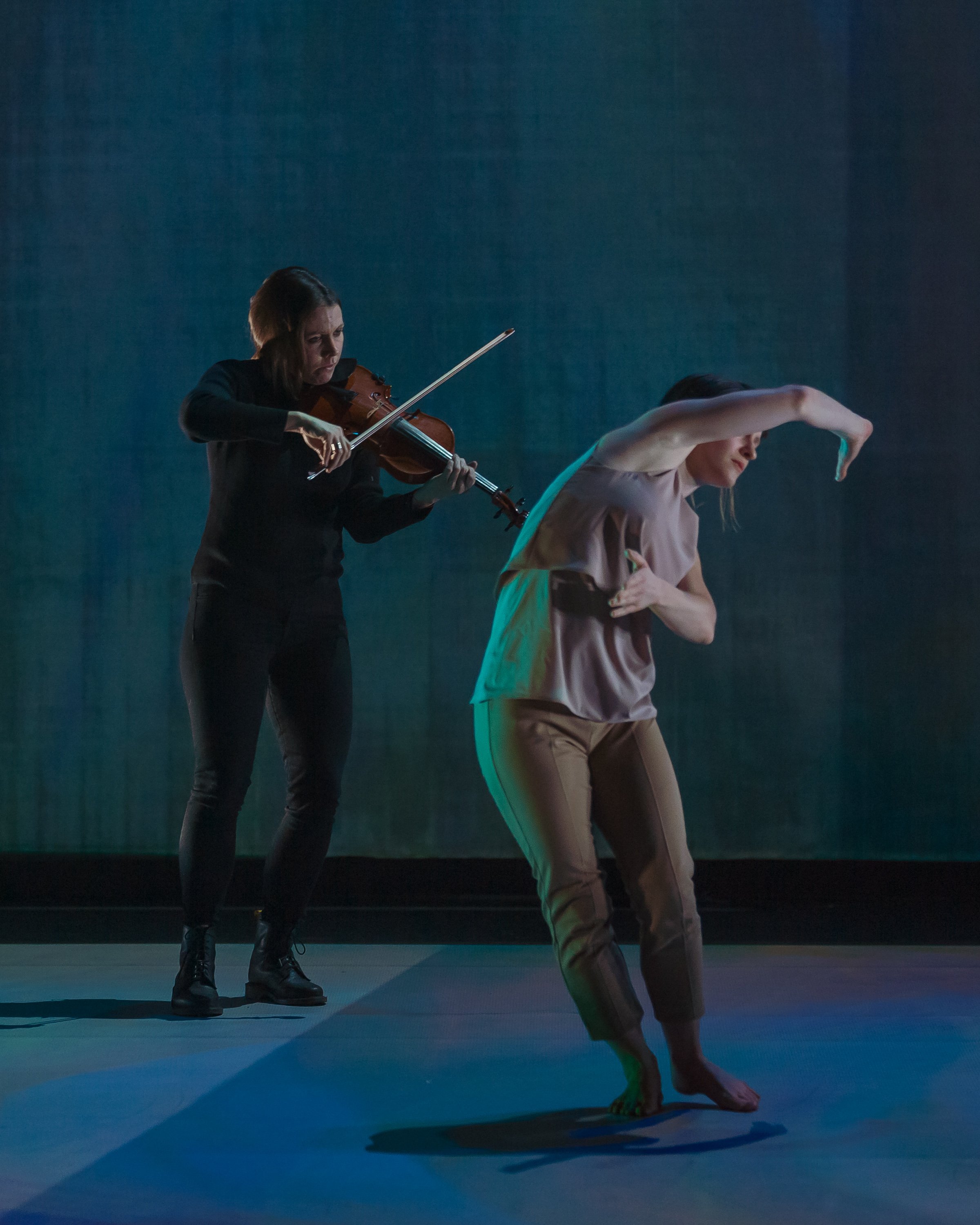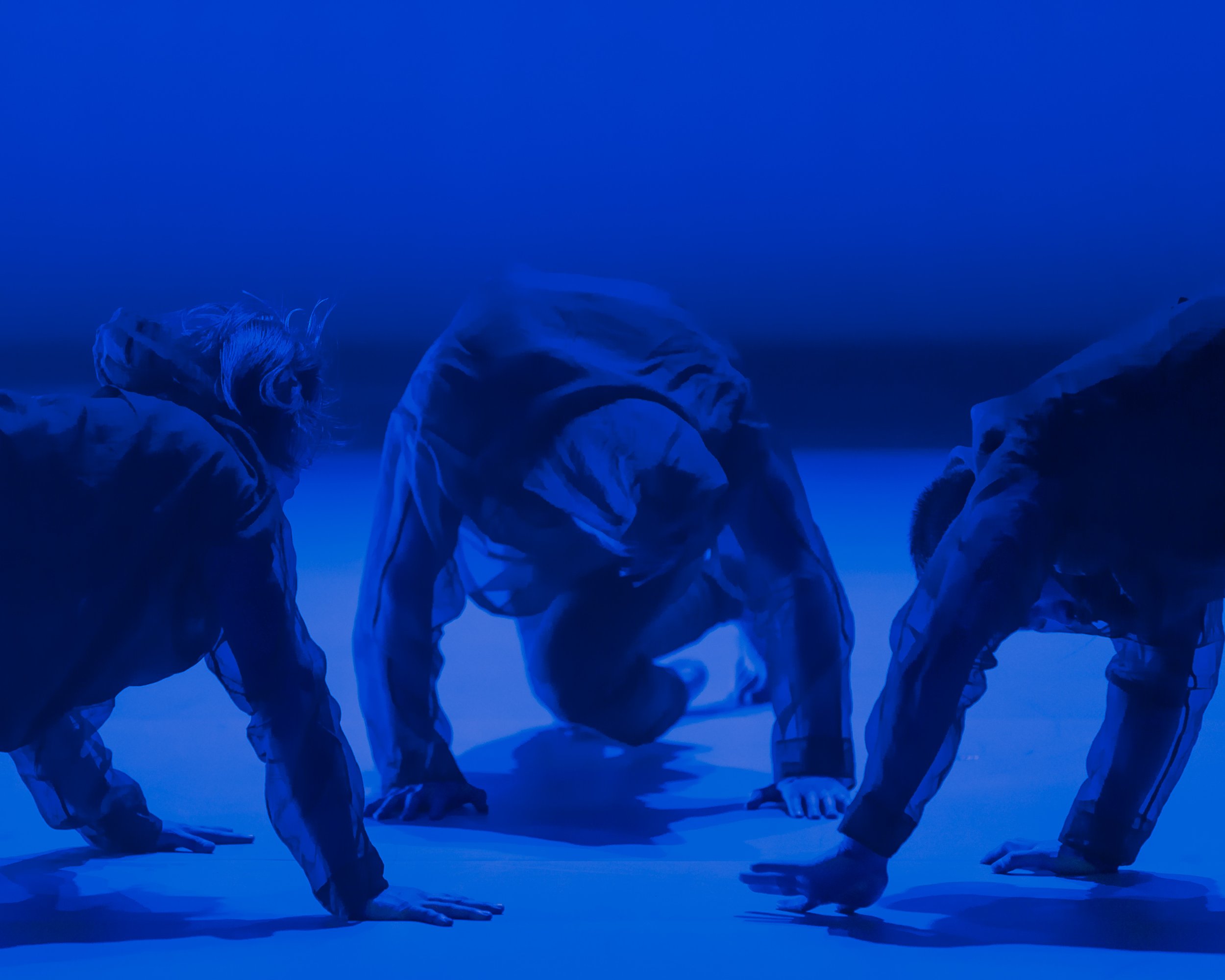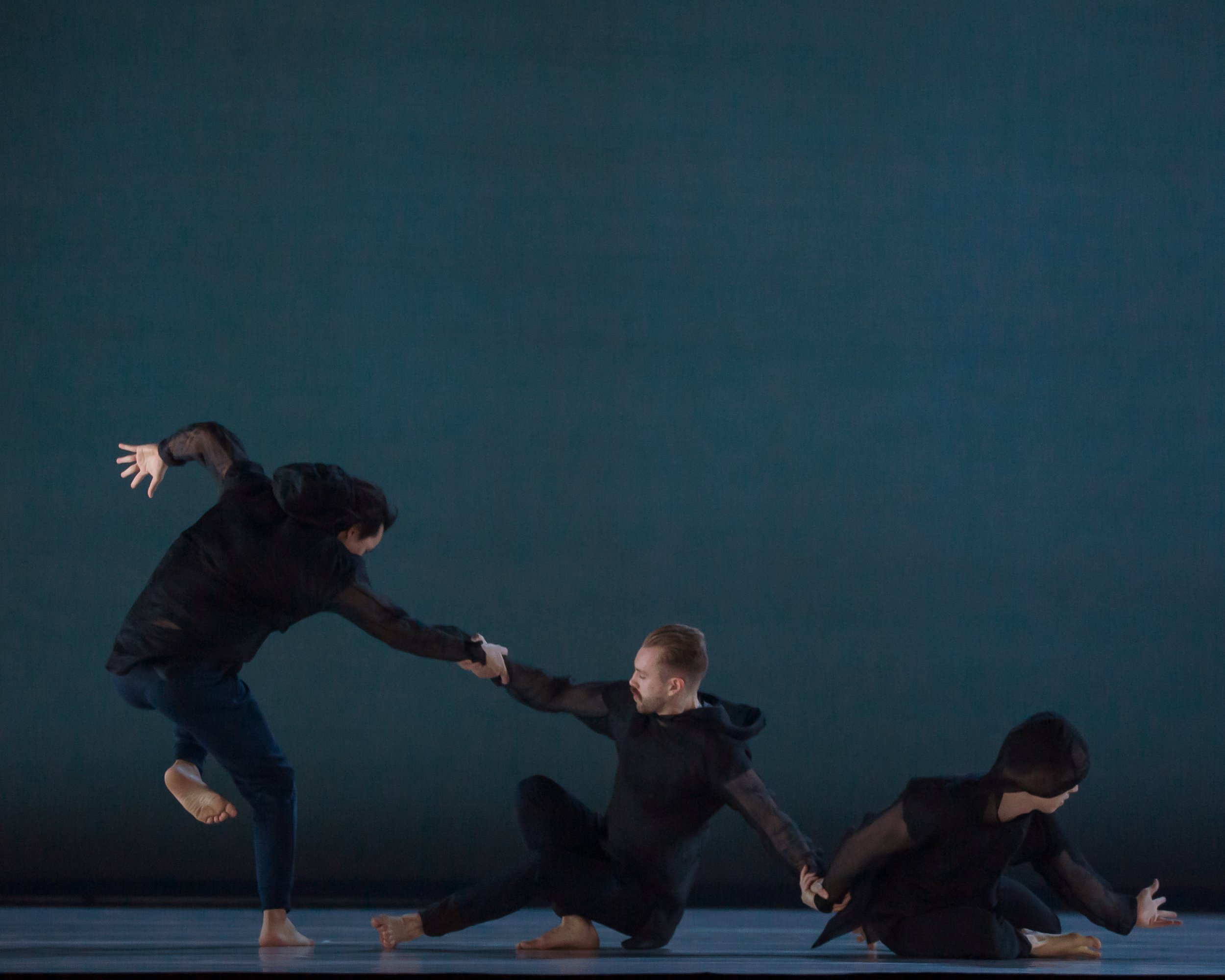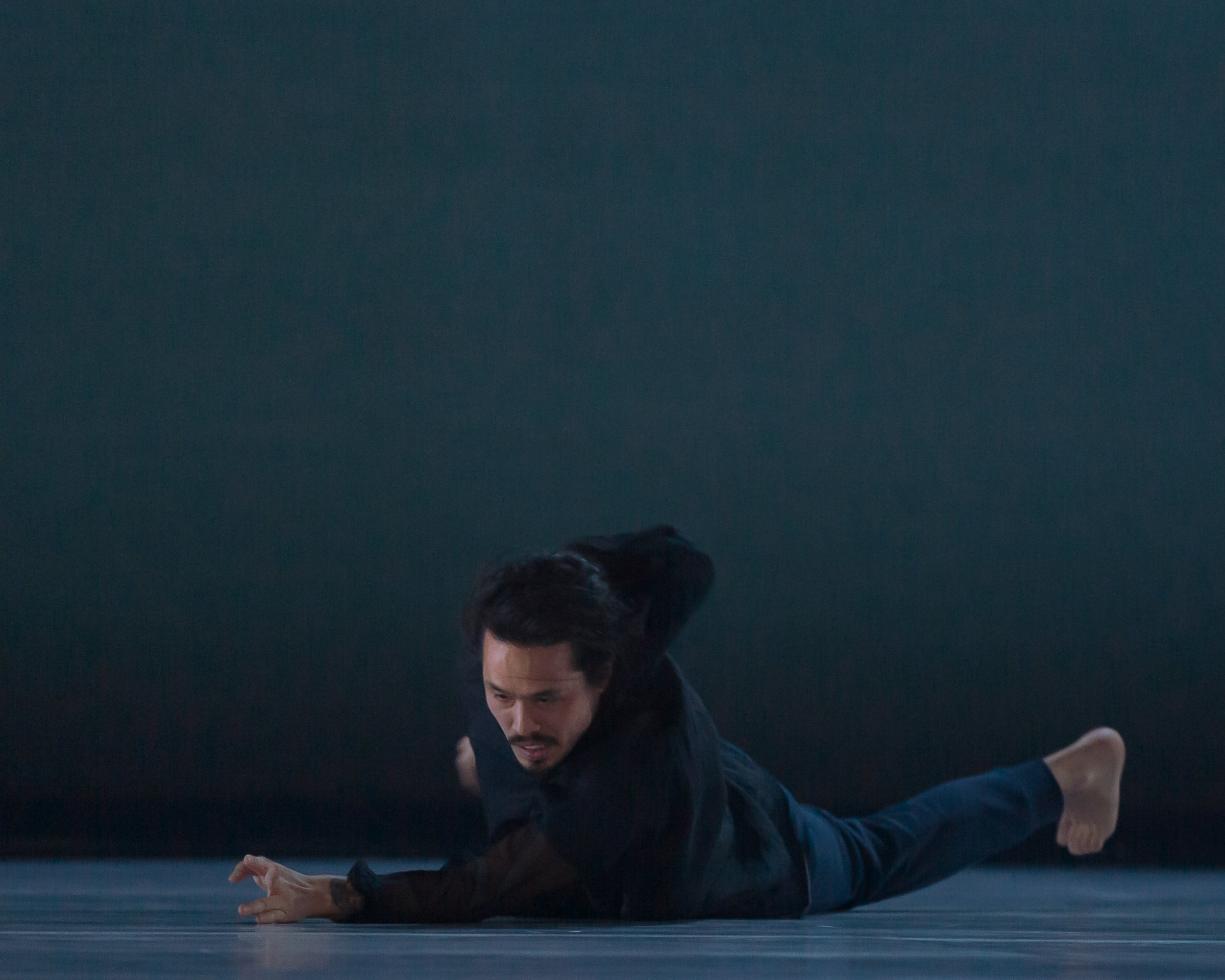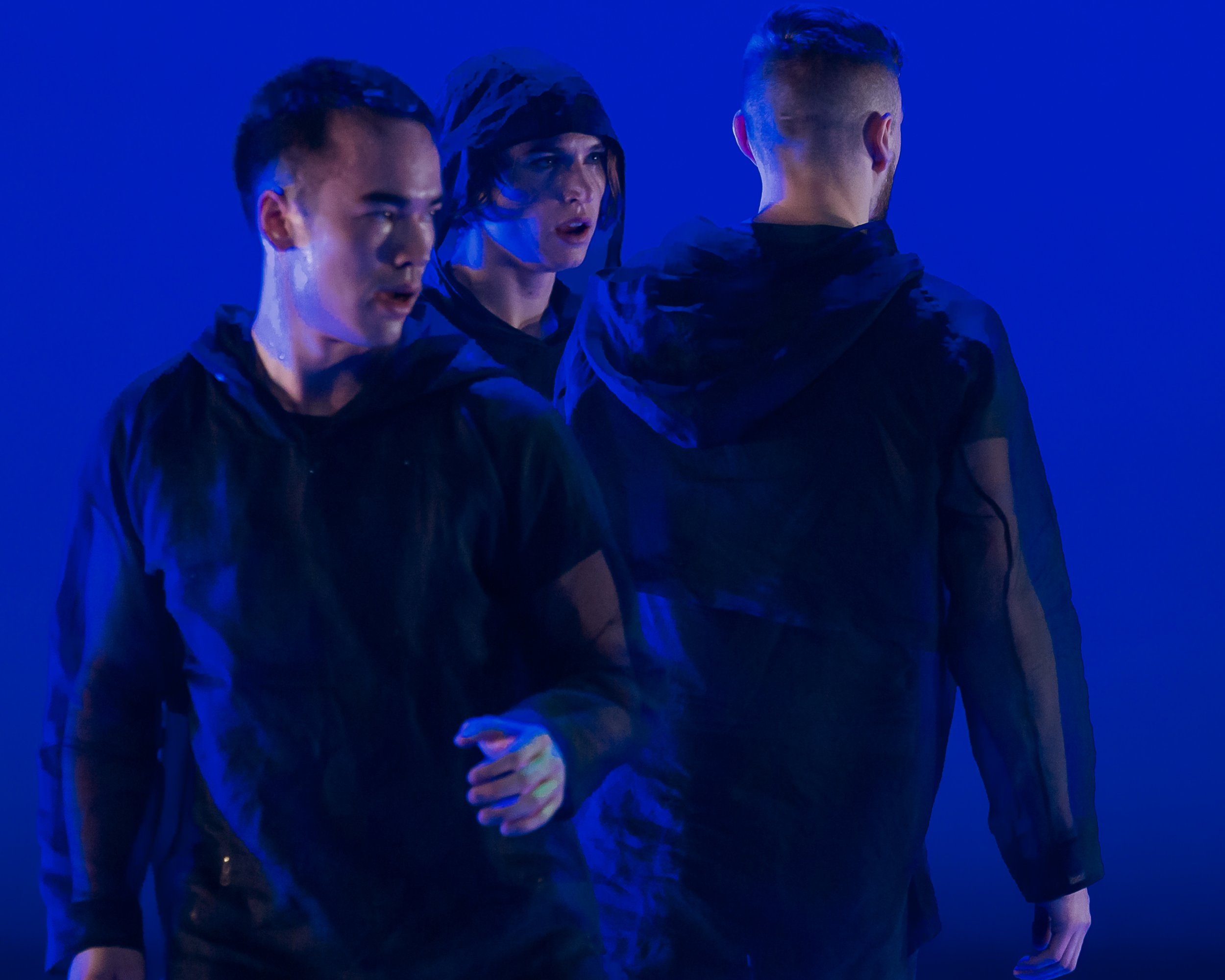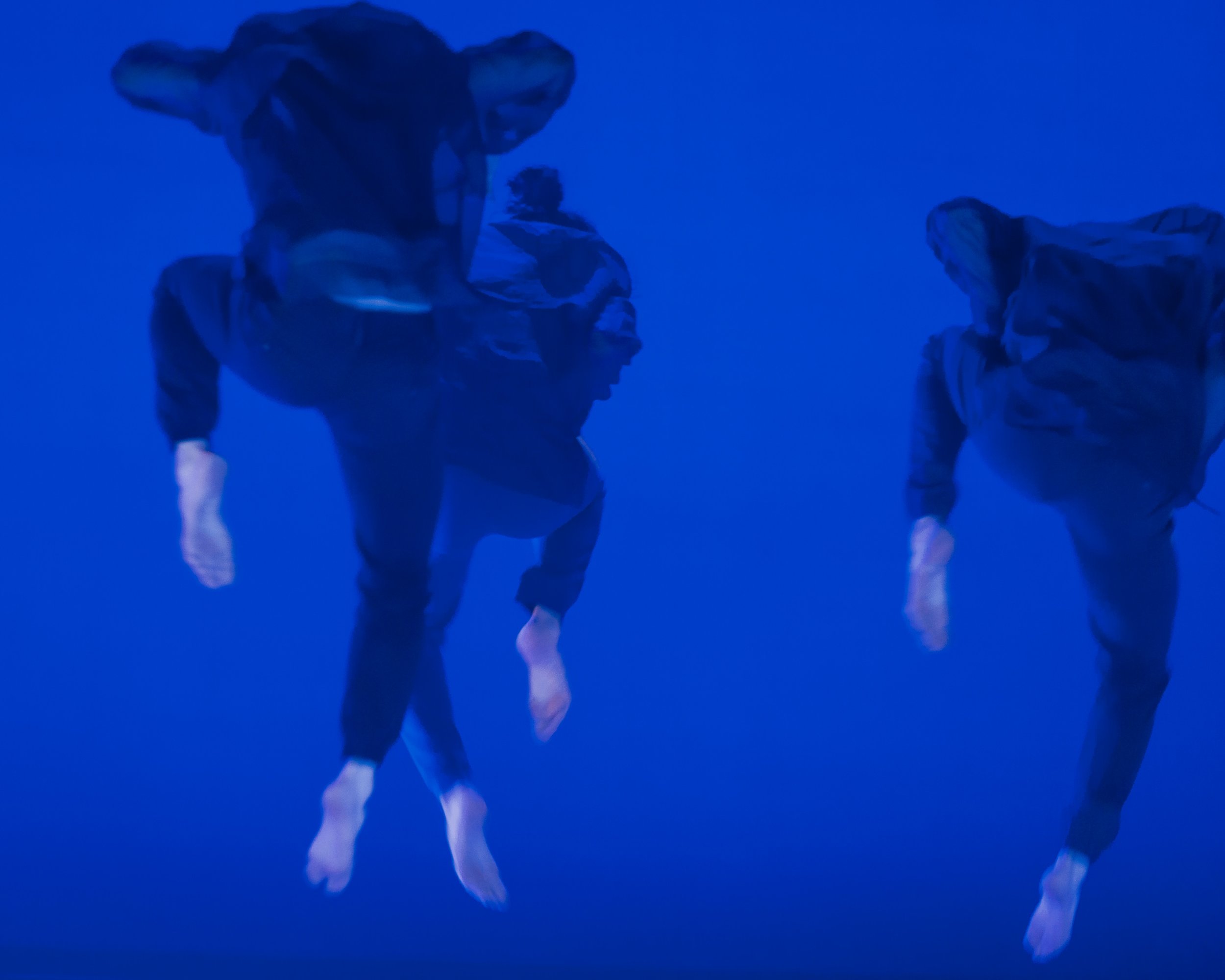Beautiful Renegades (2022)
/This week is the final installment of the Creation Catalogue blog. We have reached the most recently produced and final piece in the company’s repertoire, Beautiful Renegades. Peggy writes:
The company’s final main stage production, Beautiful Renegades, had been in the works since 2016. Inspired by the artist-run space 15 Dance Lab – the locus of avant-garde dance in 1970’s Toronto – this production was built around choreographic works by Elizabeth Chitty, Margaret Dragu, Lily Eng, Louise Garfield, Johanna Householder, and Jennifer Mascall.
The seventies birthed the notion of the body politic – groups of citizens rising up together in an urgent and forceful struggle for massive, fundamental societal change. Among the burning issues of that time: gay rights, feminism, reproductive rights, and gender equity; the post-civil rights movement, forged through the turmoil and grief in the wake of the assassination Martin Luther King Jr.; the outrage of Indigenous Peoples aroused by the Canadian government’s White Paper proposing the termination of their ‘special legal status’; the atrocities of the war in Viet Nam, the protests and civil disobedience that erupted in reaction, and the disability activism that arose in its aftermath; the burgeoning environmental and anti-nuclear movements.
Within that charged societal framework, young dance artists in Toronto worked to disrupt the status quo – questioning the relevance of established companies and the inherent privileging of particular forms of training, methods of creating, and styles of performing. Young artists banded together to work as collectives experimenting with new premises for training and creation. They eliminated the need to vie for opportunities in a mainstream they did not want to join by establishing artist-run-centres to make space for their generation to create, collaborate, perform, and discuss the new directions in the form and content of their work. The resonance of the 1970’s with the 2020’s is deep and striking.
With the foundational work of bringing together the choreographic scenes mostly complete, I turned to playwright Michael Ross Albert to commission a script that he titled Beautiful Renegades. The lynch pin choice for director was Eda Holmes, a former ballet dancer whose career culminated with William Forsythe’s Frankfurt Ballet, and whose second career has taken her to the upper echelons of Canadian theatre. She assembled an incredible design team including Gillian Gallow (sets and costumes), Debashis Sinha (sound) and Jeff Pybus (lighting and projections) as well as bringing in performers Erika Prevost and Shauna Thompson to join the cast members already in place – Sarah Fregeau, David Norsworthy and Jarrett Siddall and long-time colleague of Michael Ross Albert, Anne van Leeuwen.
As strange as it might have seemed to conclude the history of my dance company with a play rather than a dance concert, it also provided an unexpected sense of closure to my long life in dance. In fact, I came to the dance world as a theatre school drop-out, having left the exceptional program at the University of Alberta where I had been studying acting with the legendary Tom Peacocke, and where the course led by stage designer Gwen Keatley – Theatre Design Aesthetics – provided me with foundational tools for bringing work into a performance space that supported me for my entire career.
My youthful ambitions to become an actor ultimately delivered me to my life in dance. The poetry of closing my company with a play located in the time and place I discovered when I entered the milieu, while unintentional, feels absolutely right, and the perfect bookend. PB
Read about more dancer-led collectives in Toronto - Toronto Independent Dance Enterprise.
peggybakerdance.com is now in the process of transforming from an active site to the Peggy Baker Dance Projects archive of more than 30 years of dance creation, production, touring and educational programming. We invite to you visit regularly as we build the new site piece by piece, artist by artist, due for completion by June 2023.
All photos by Dahlia Katz.


